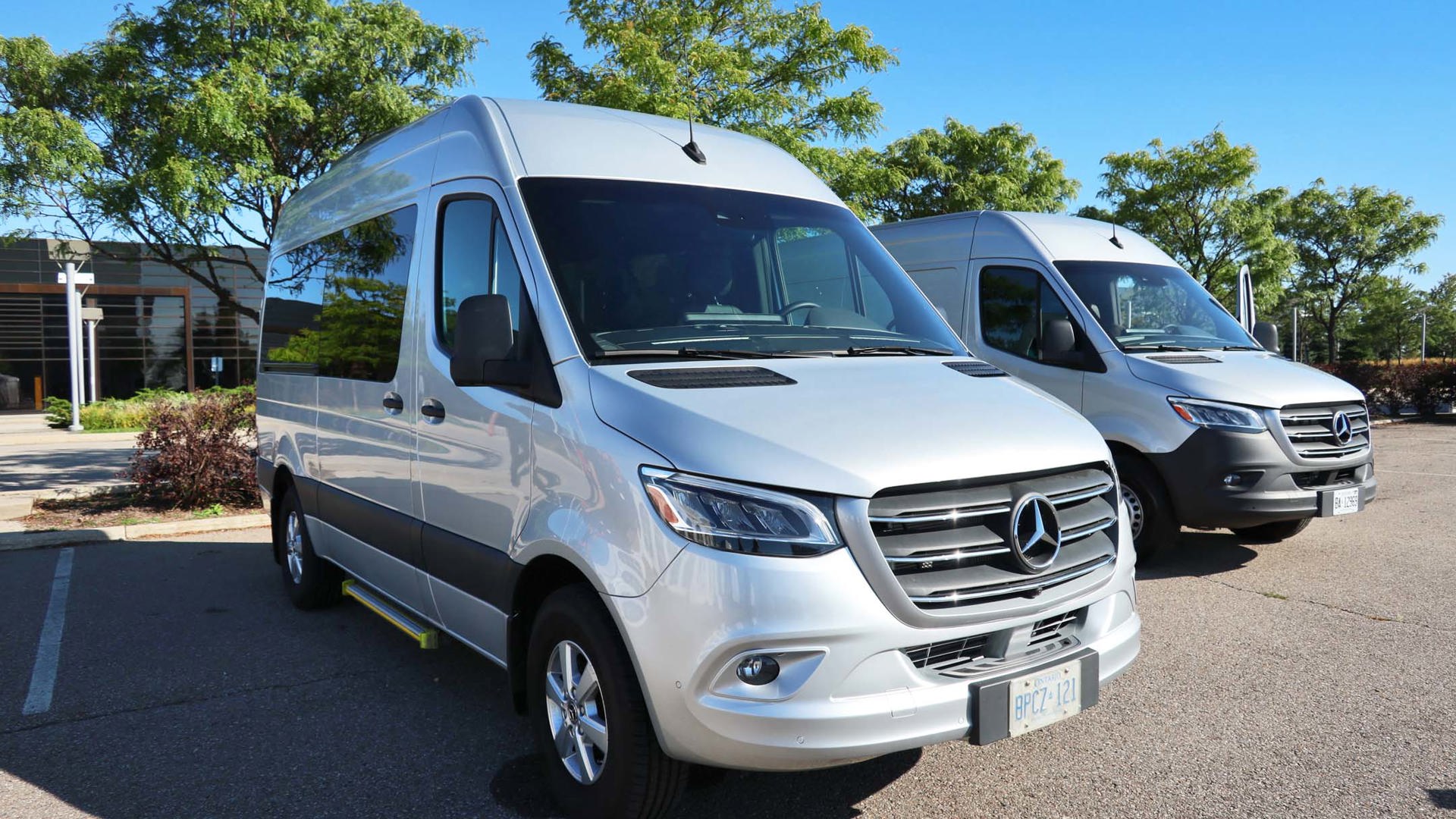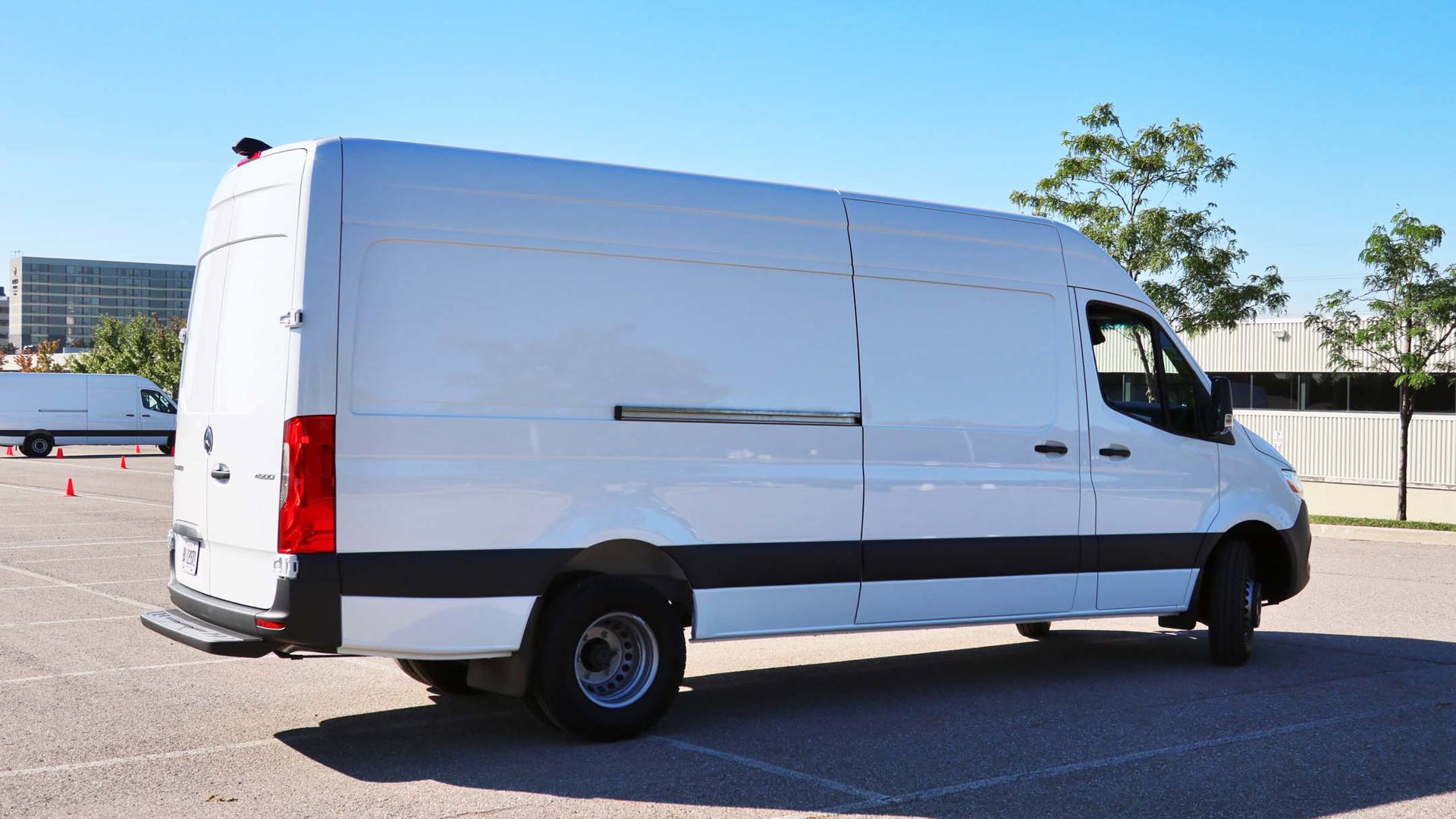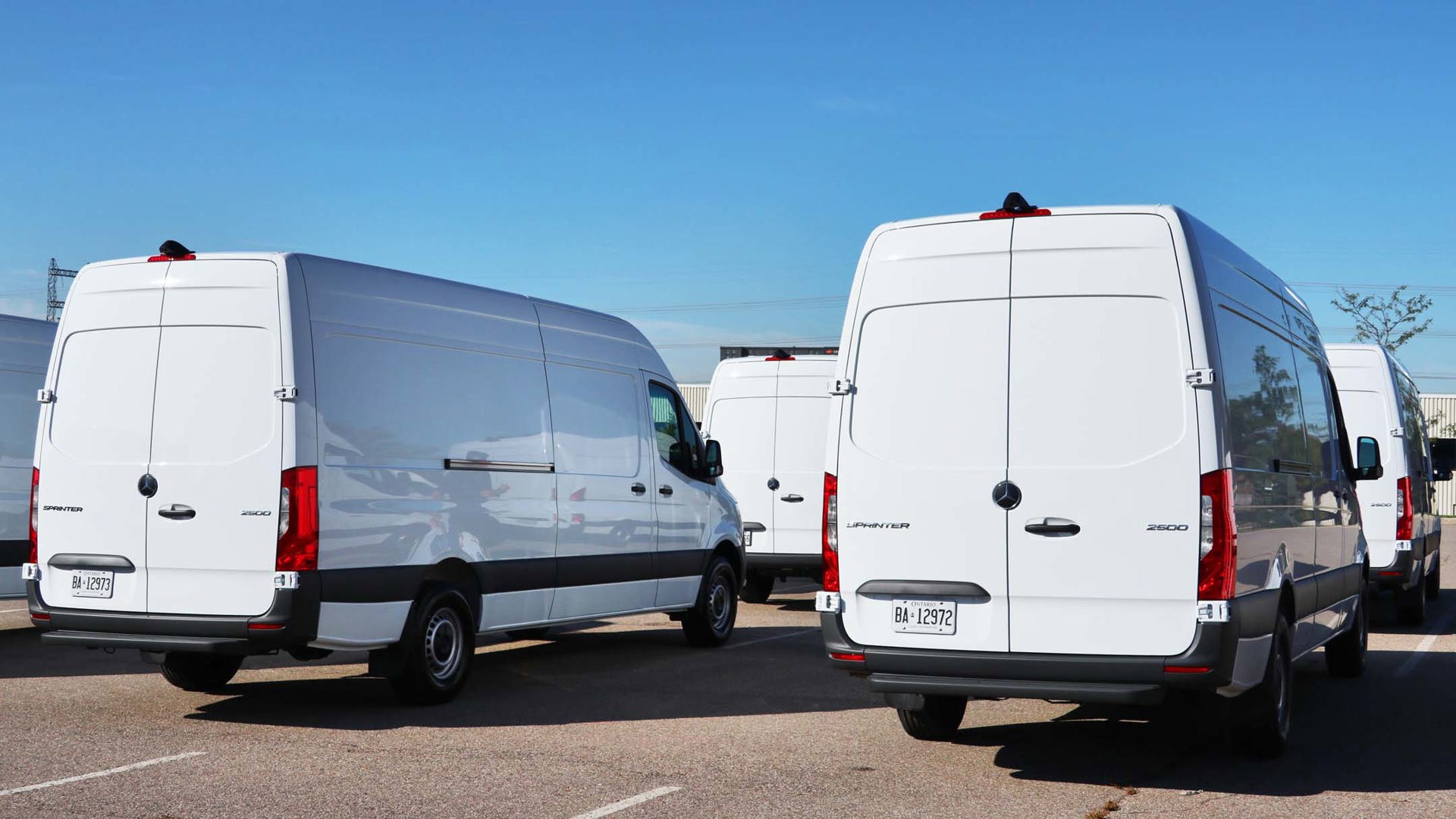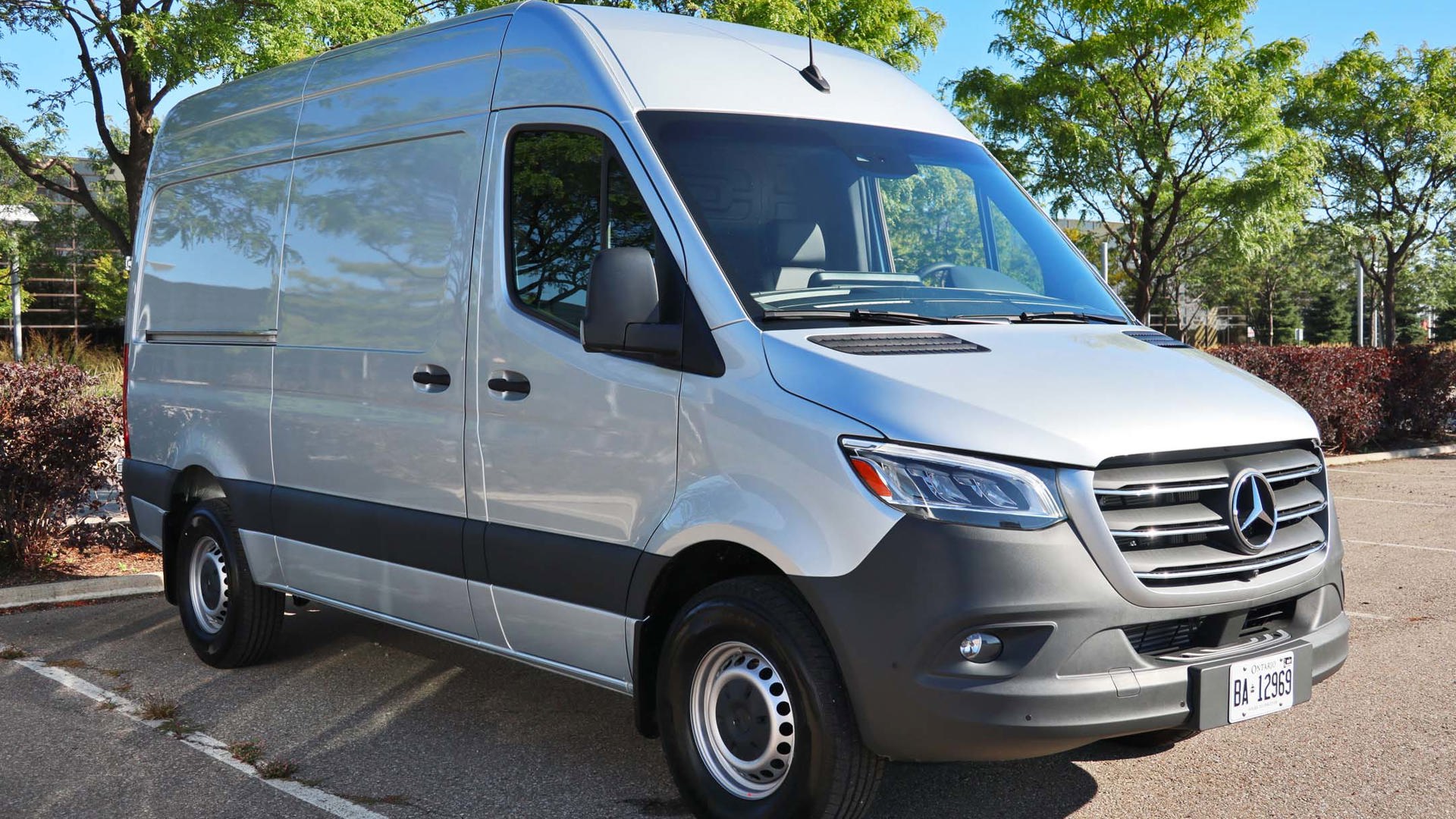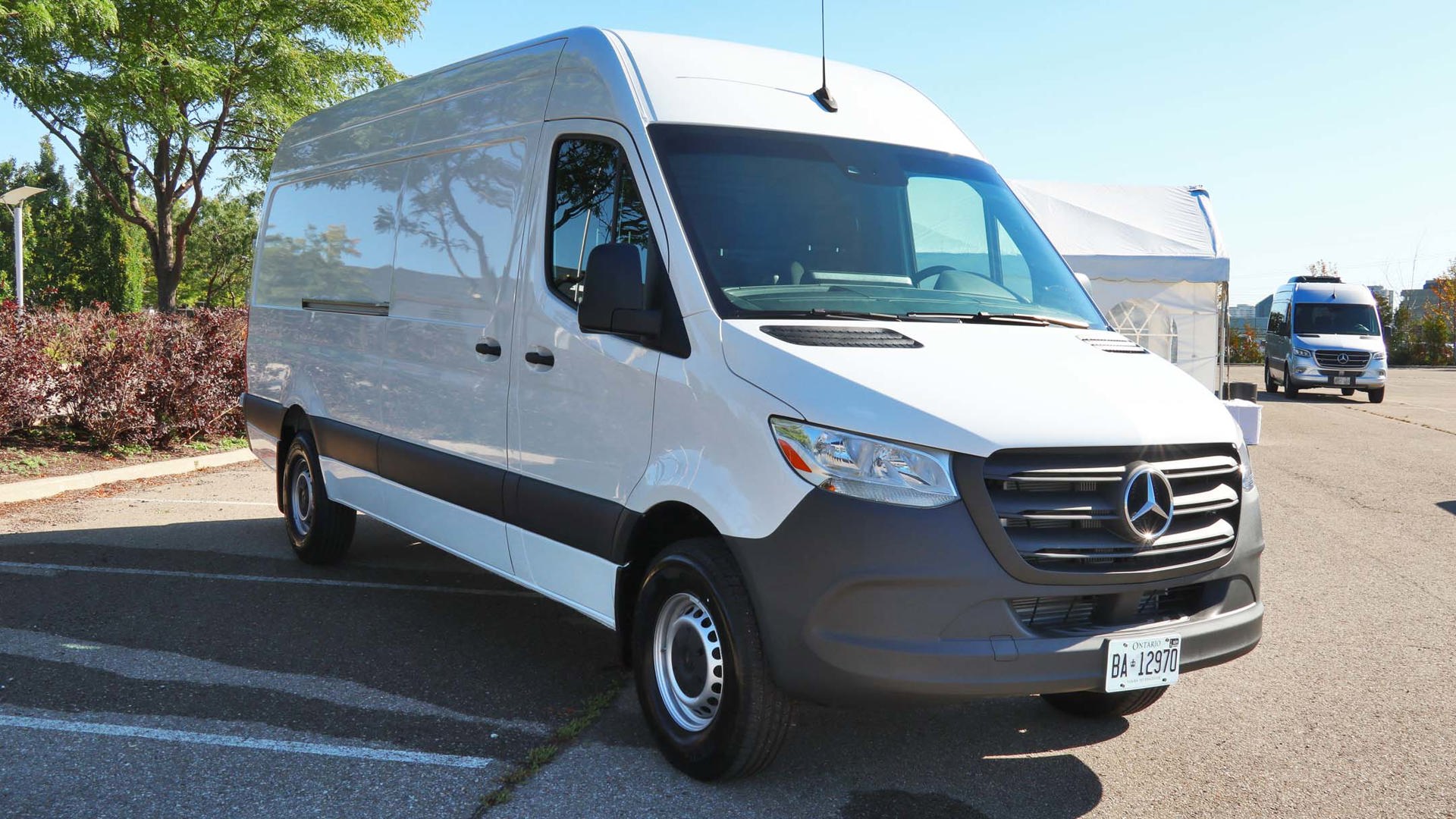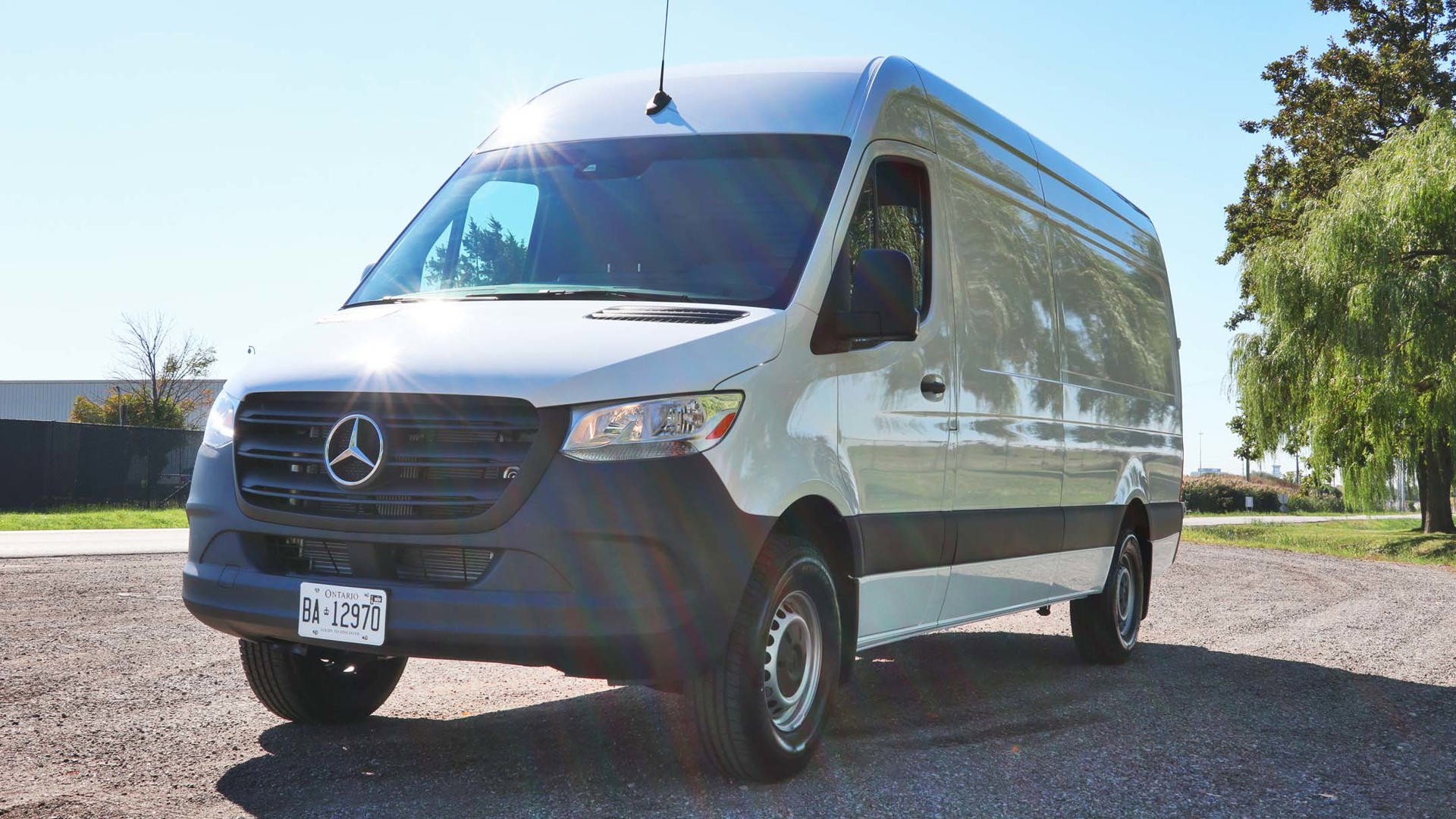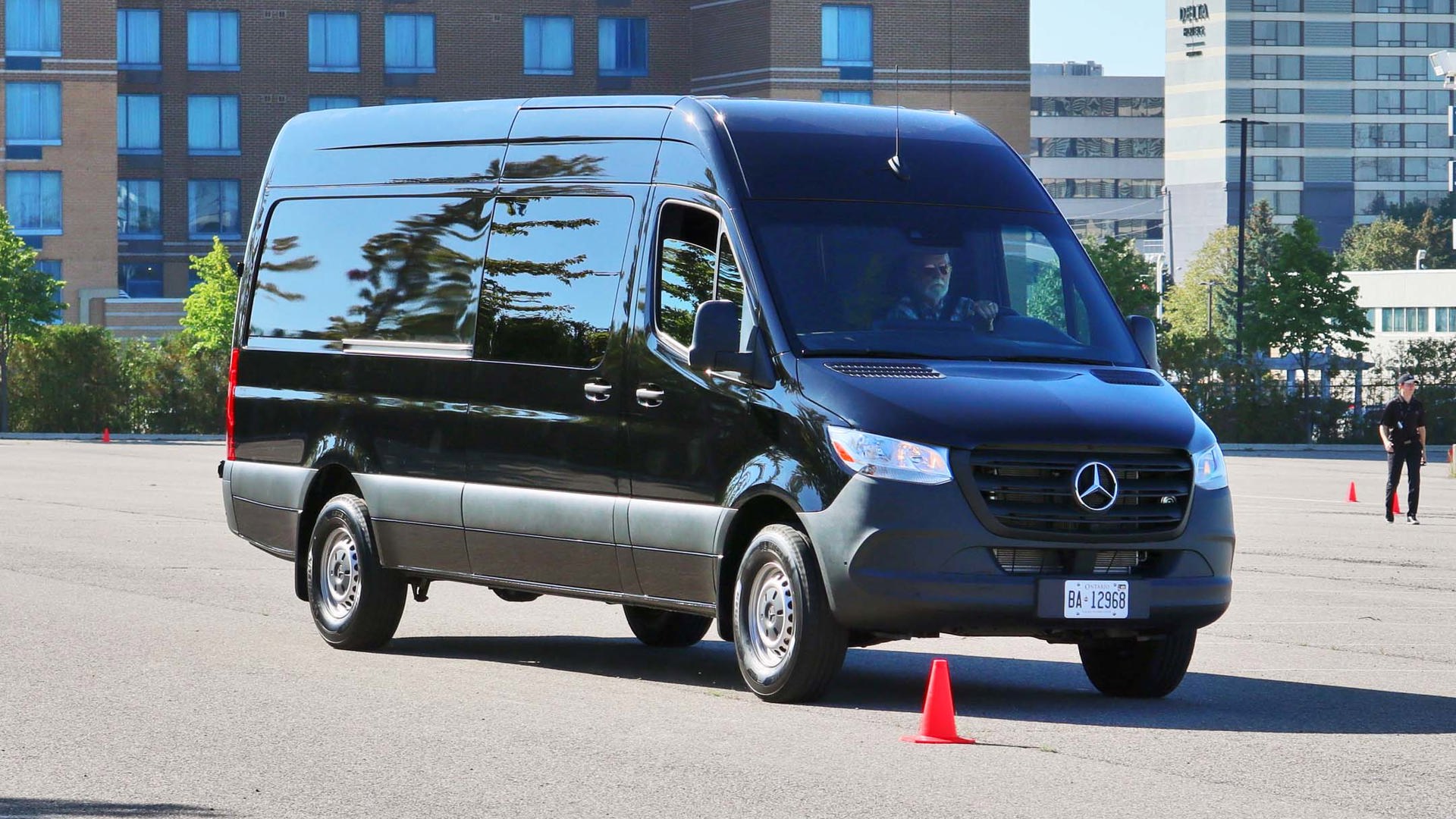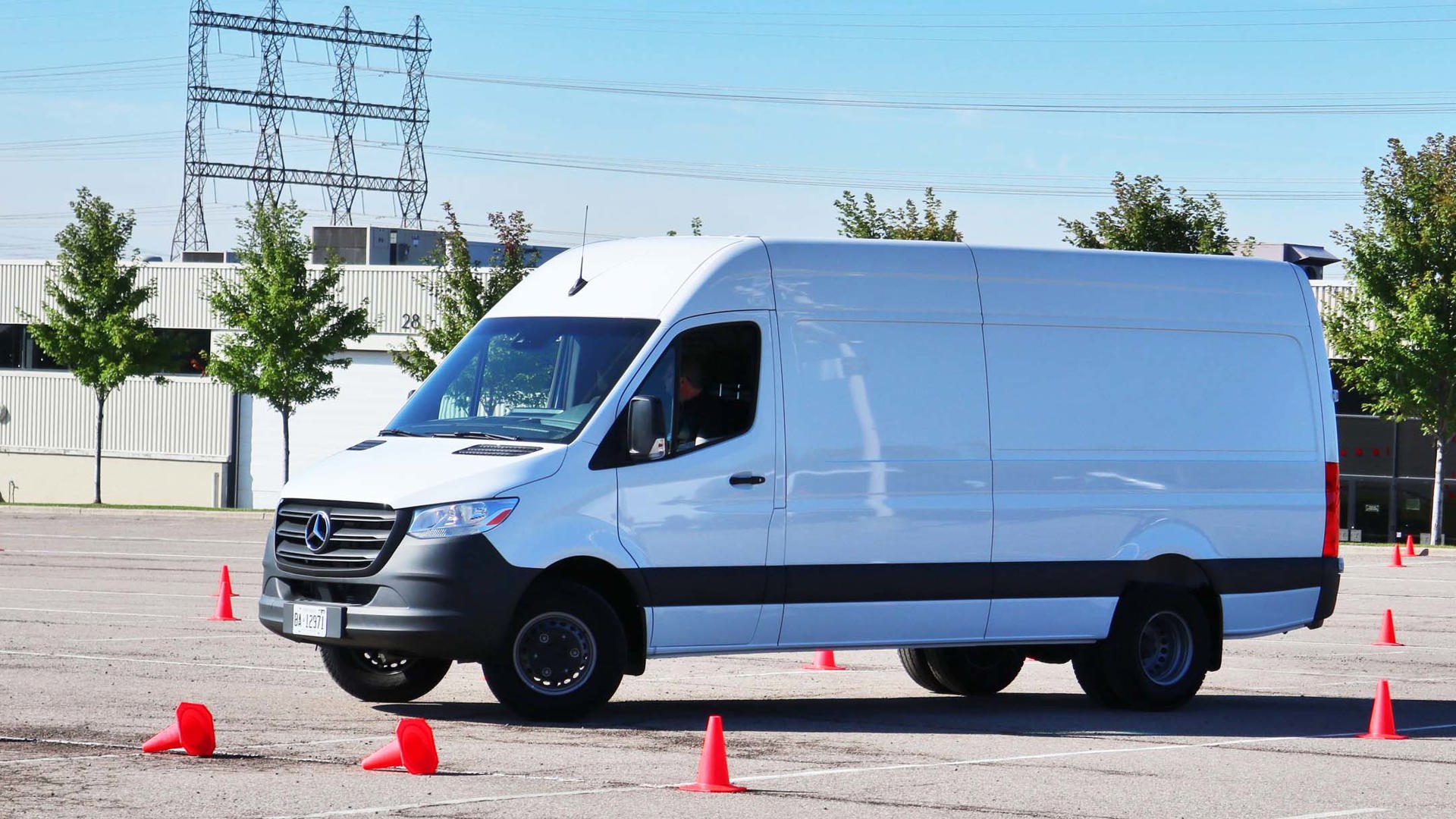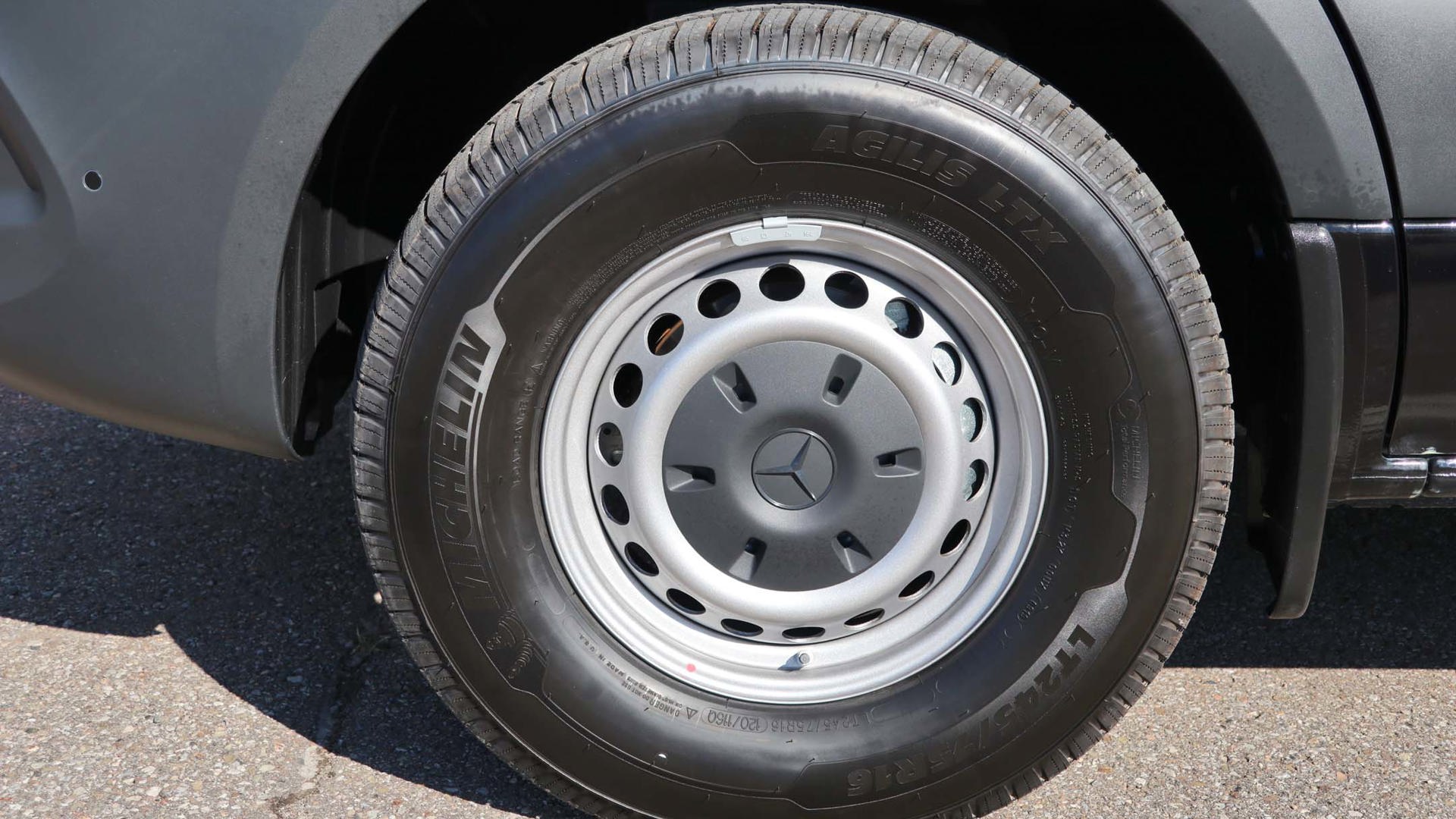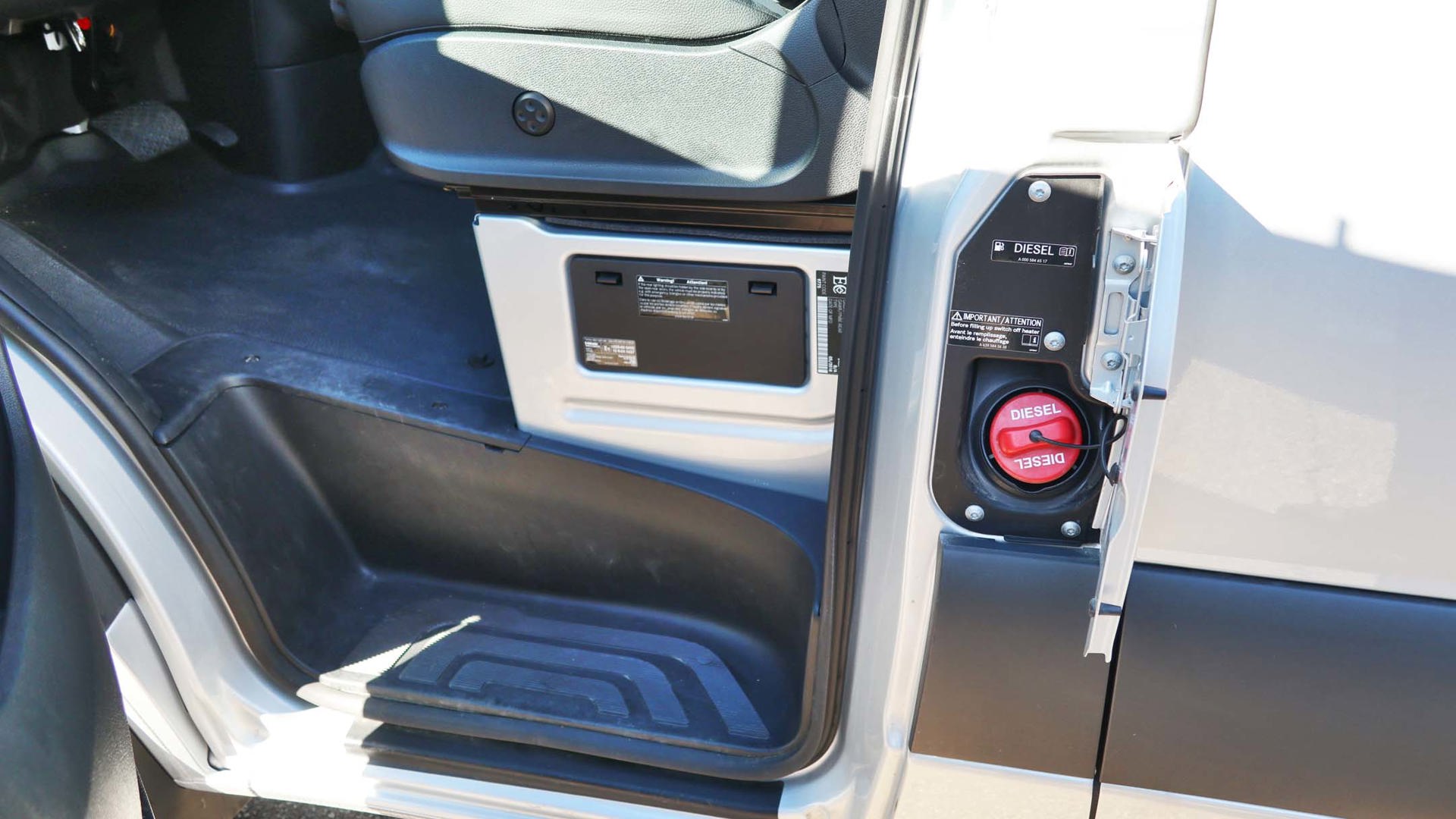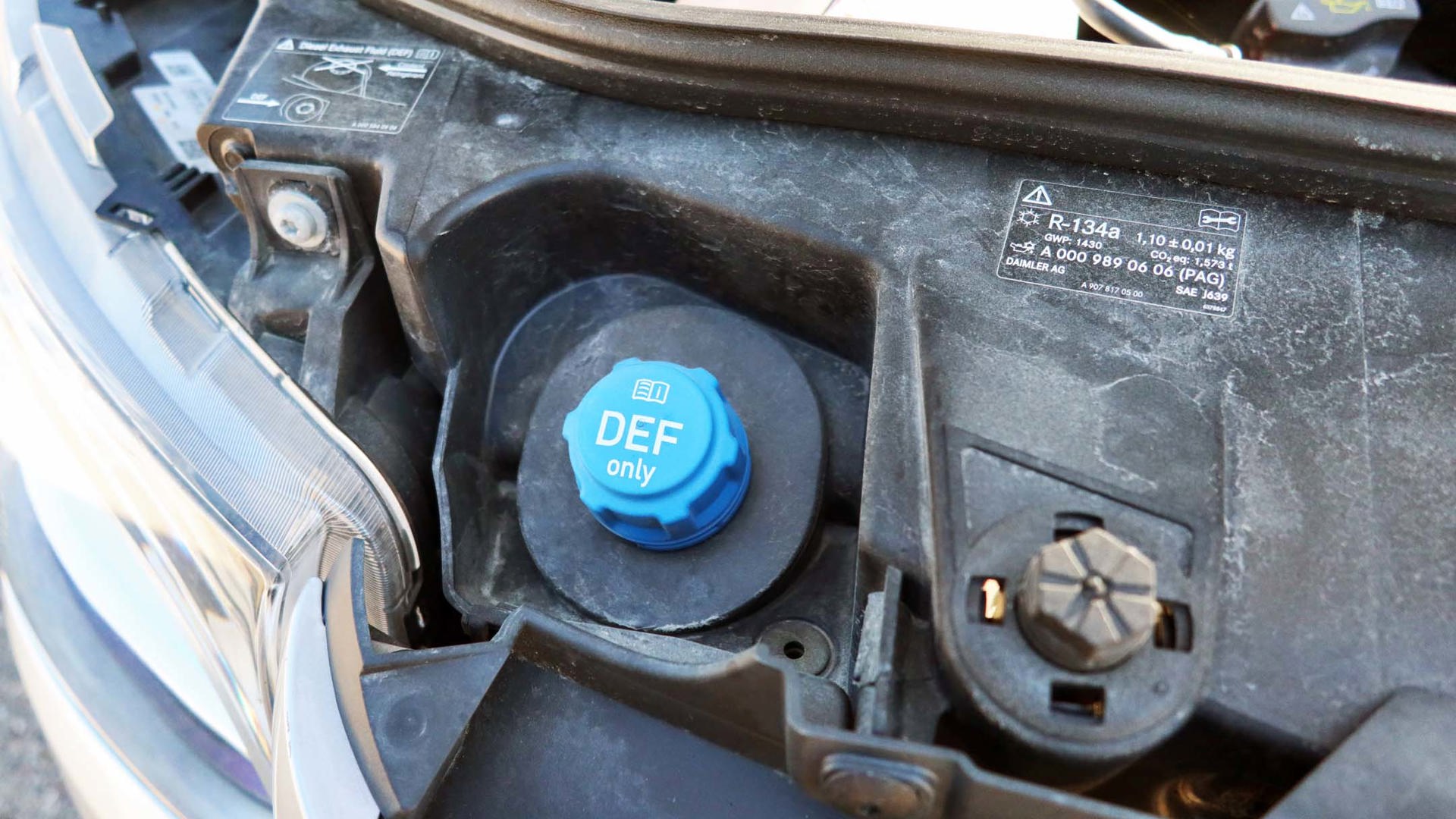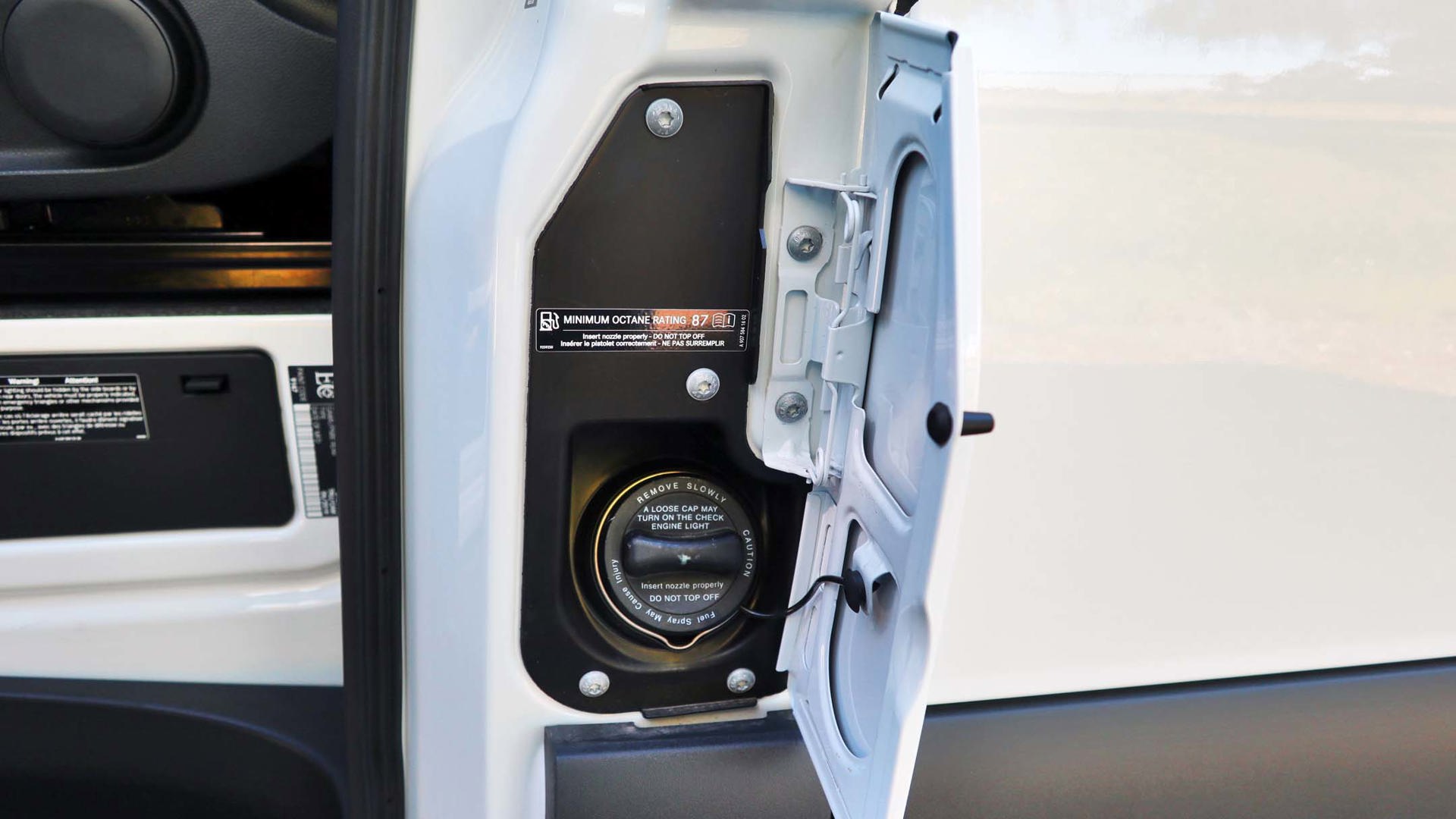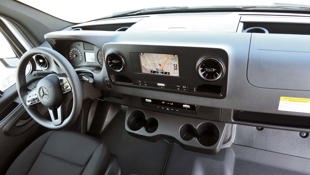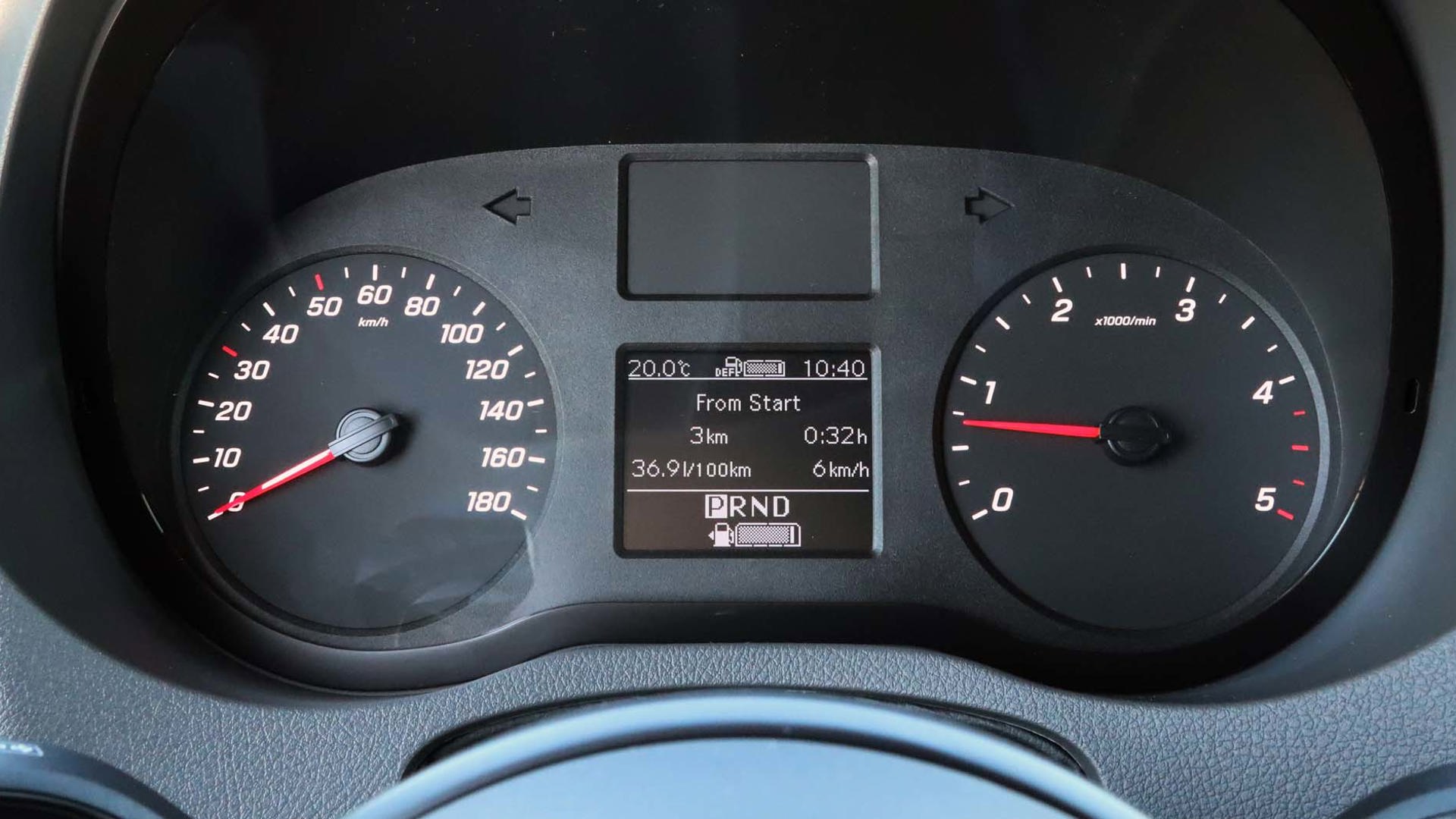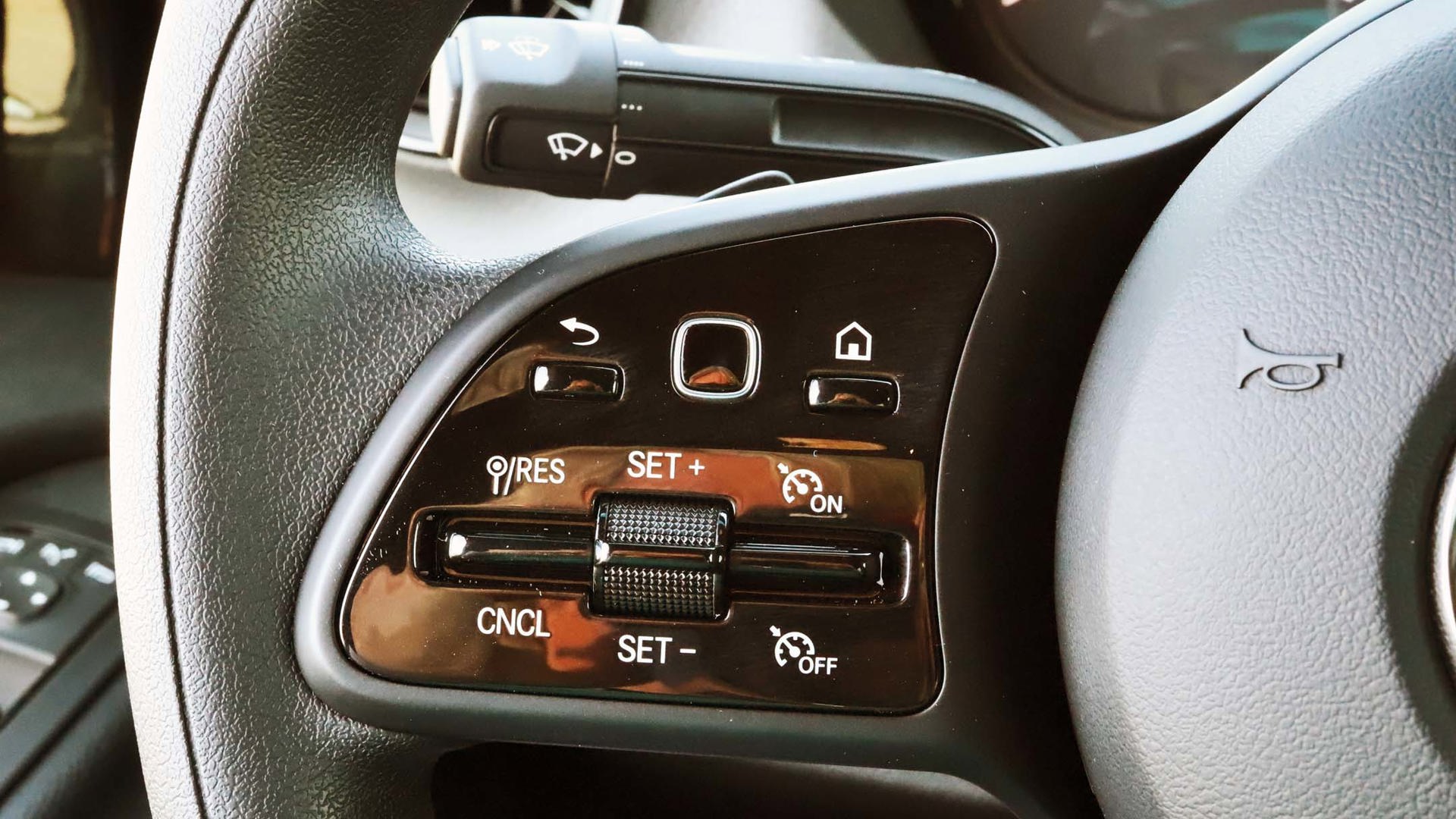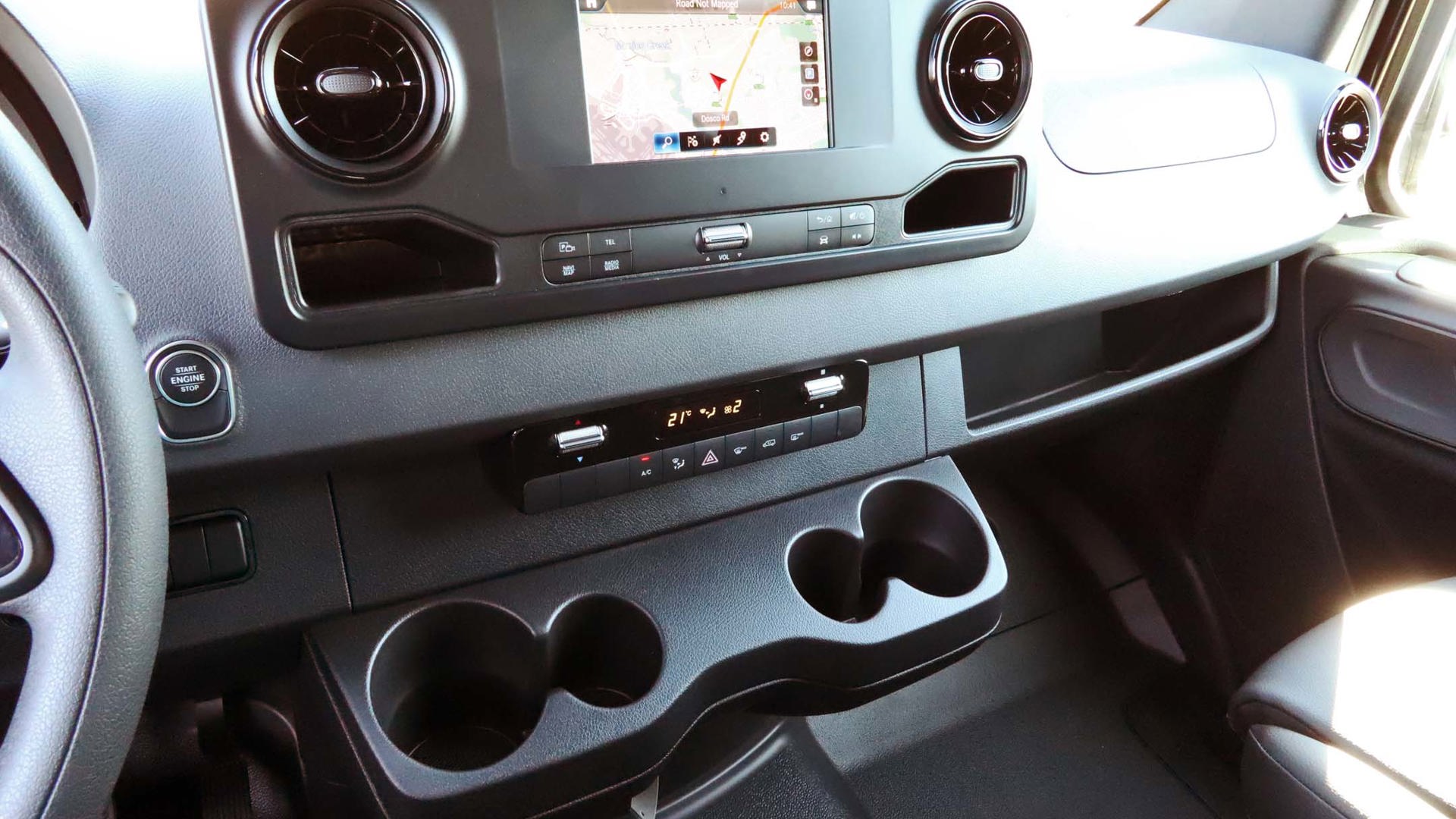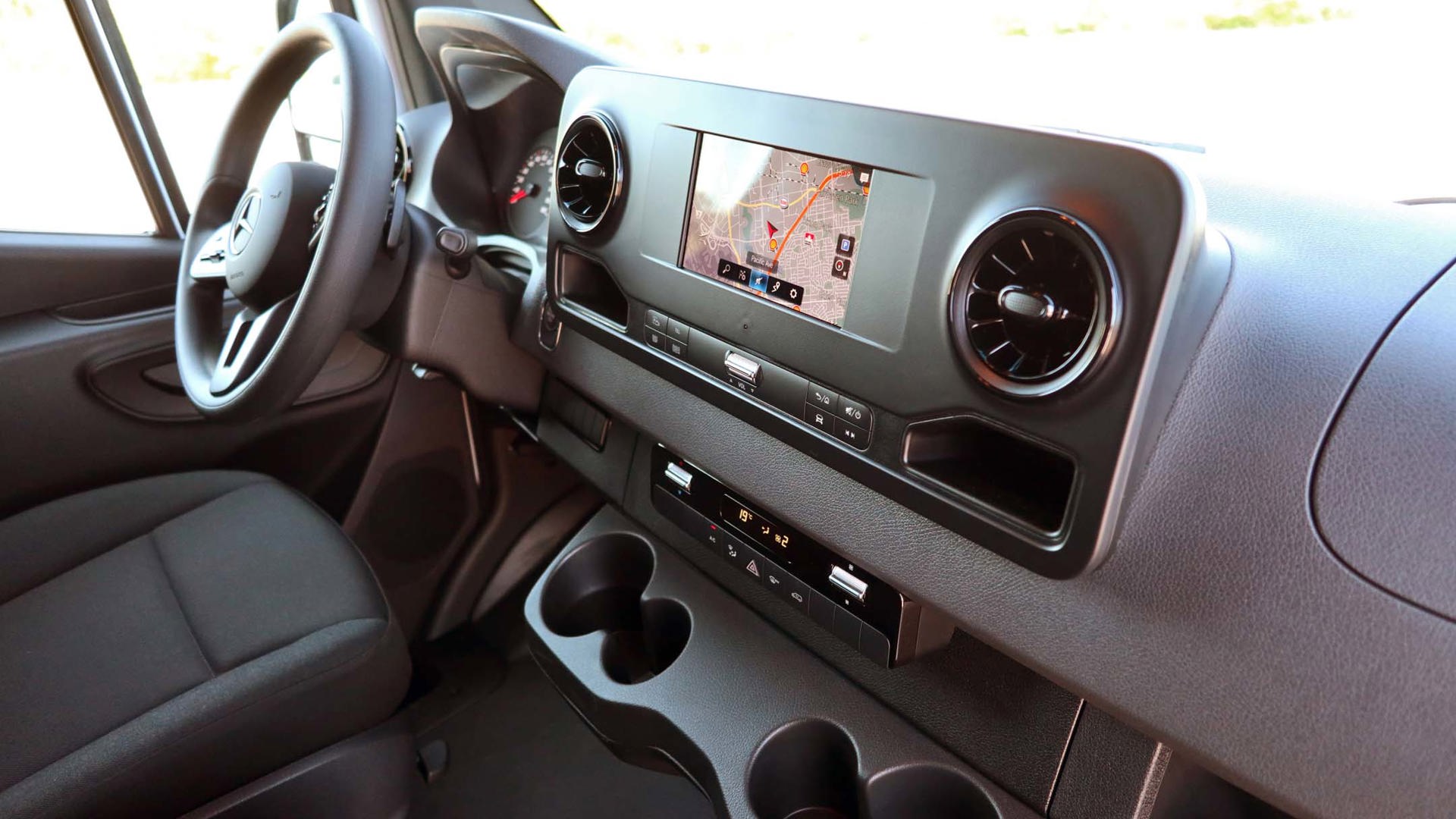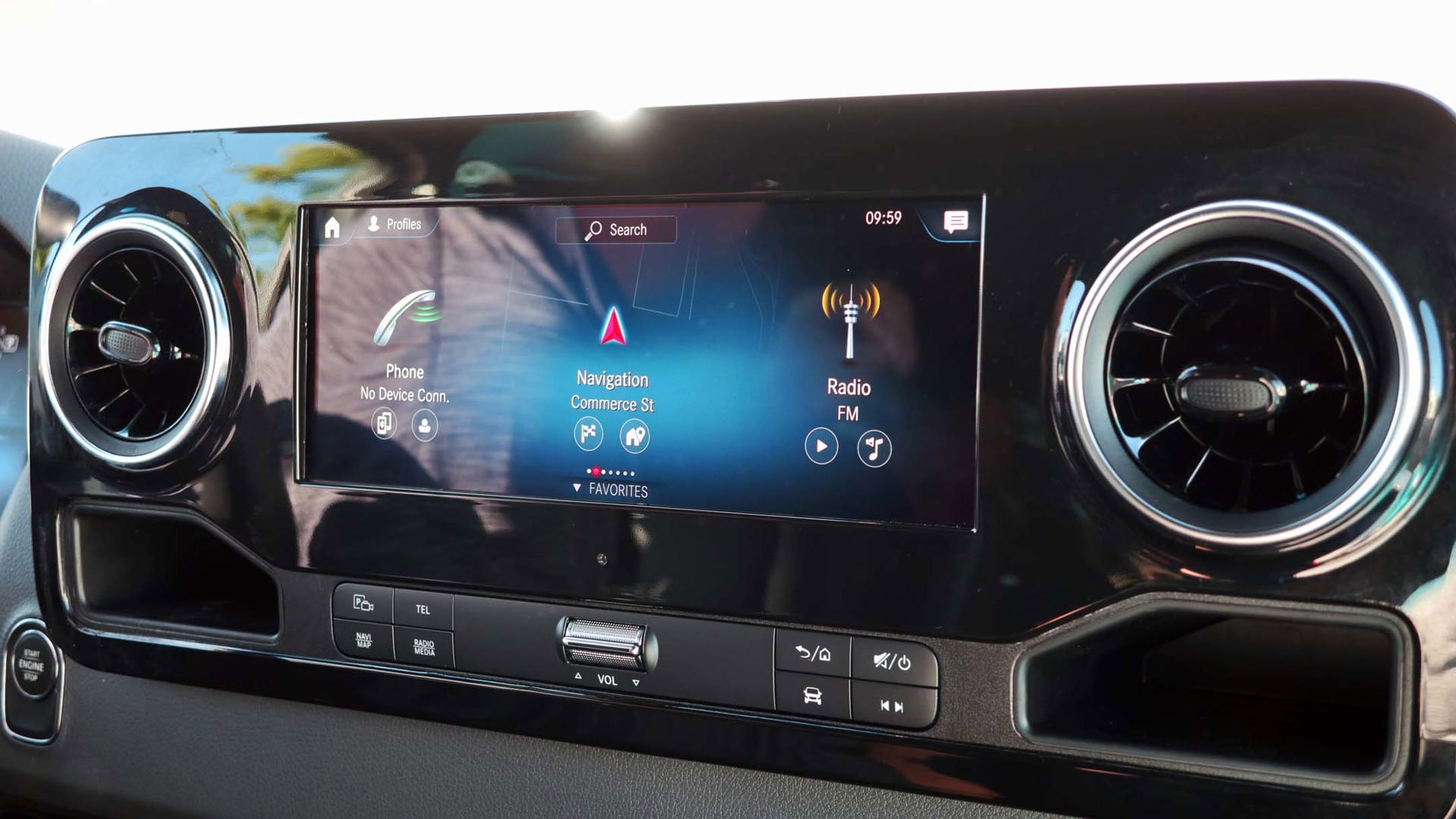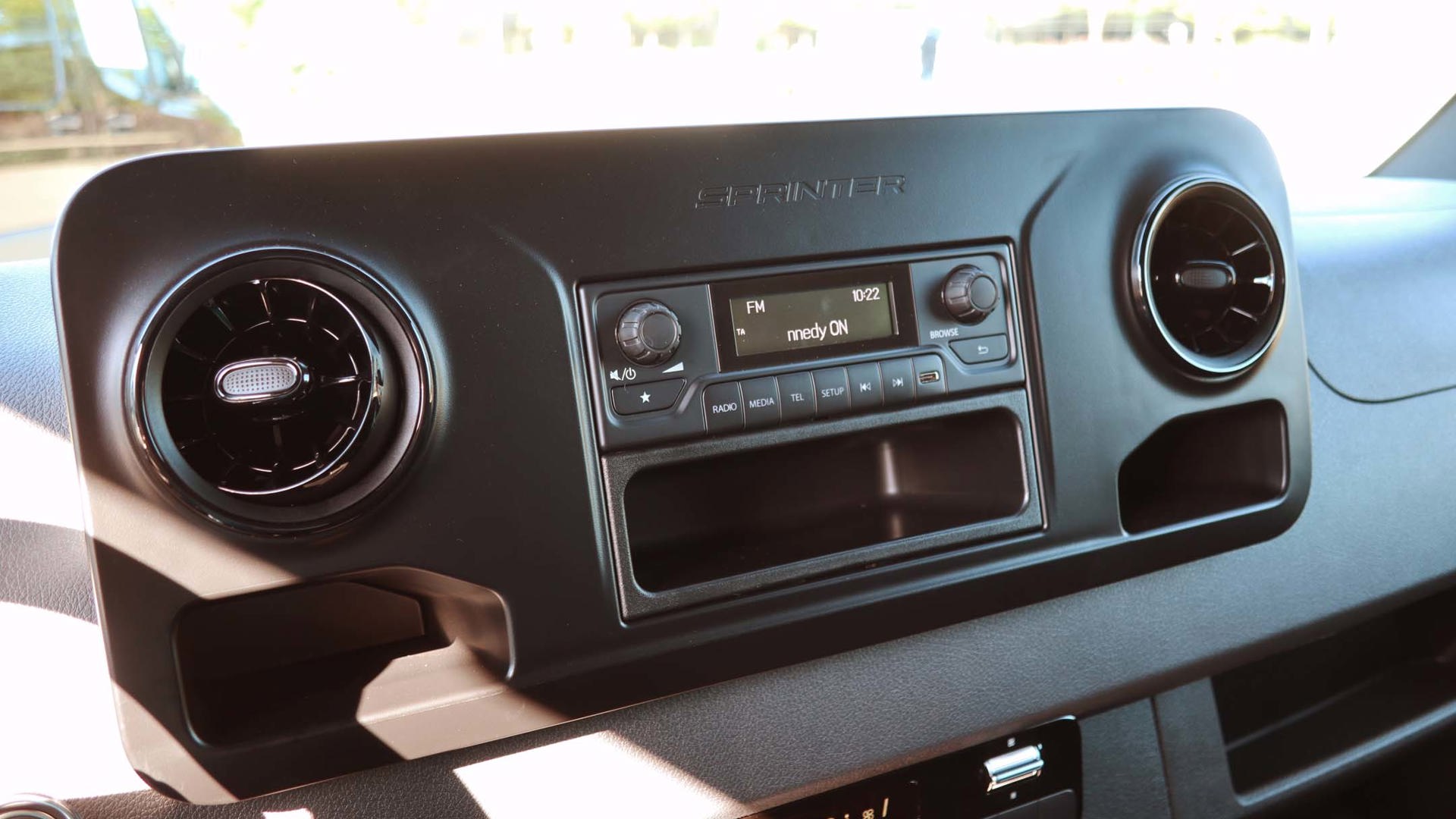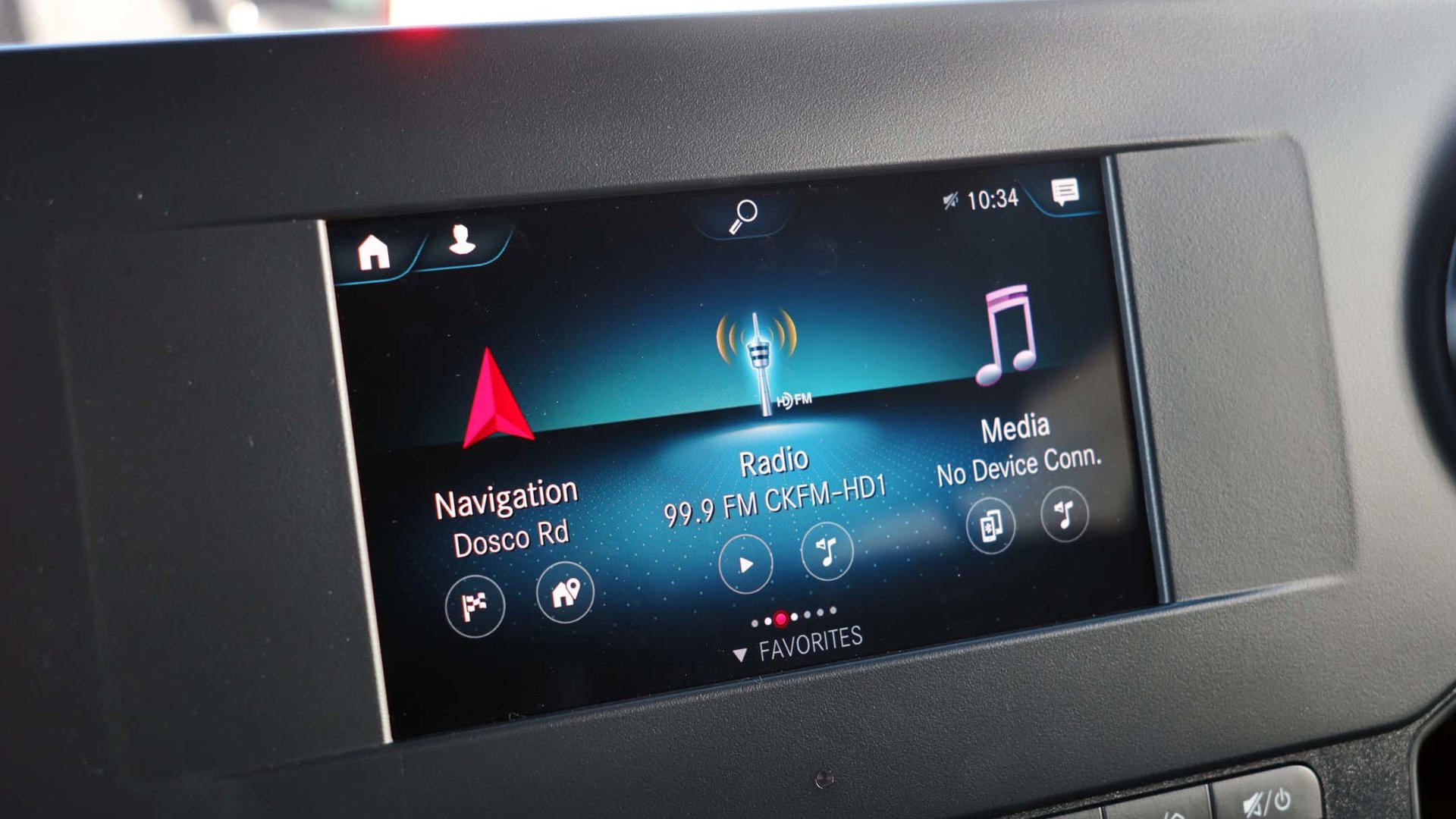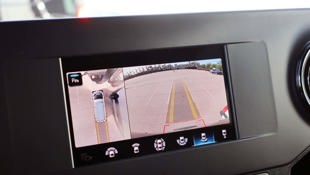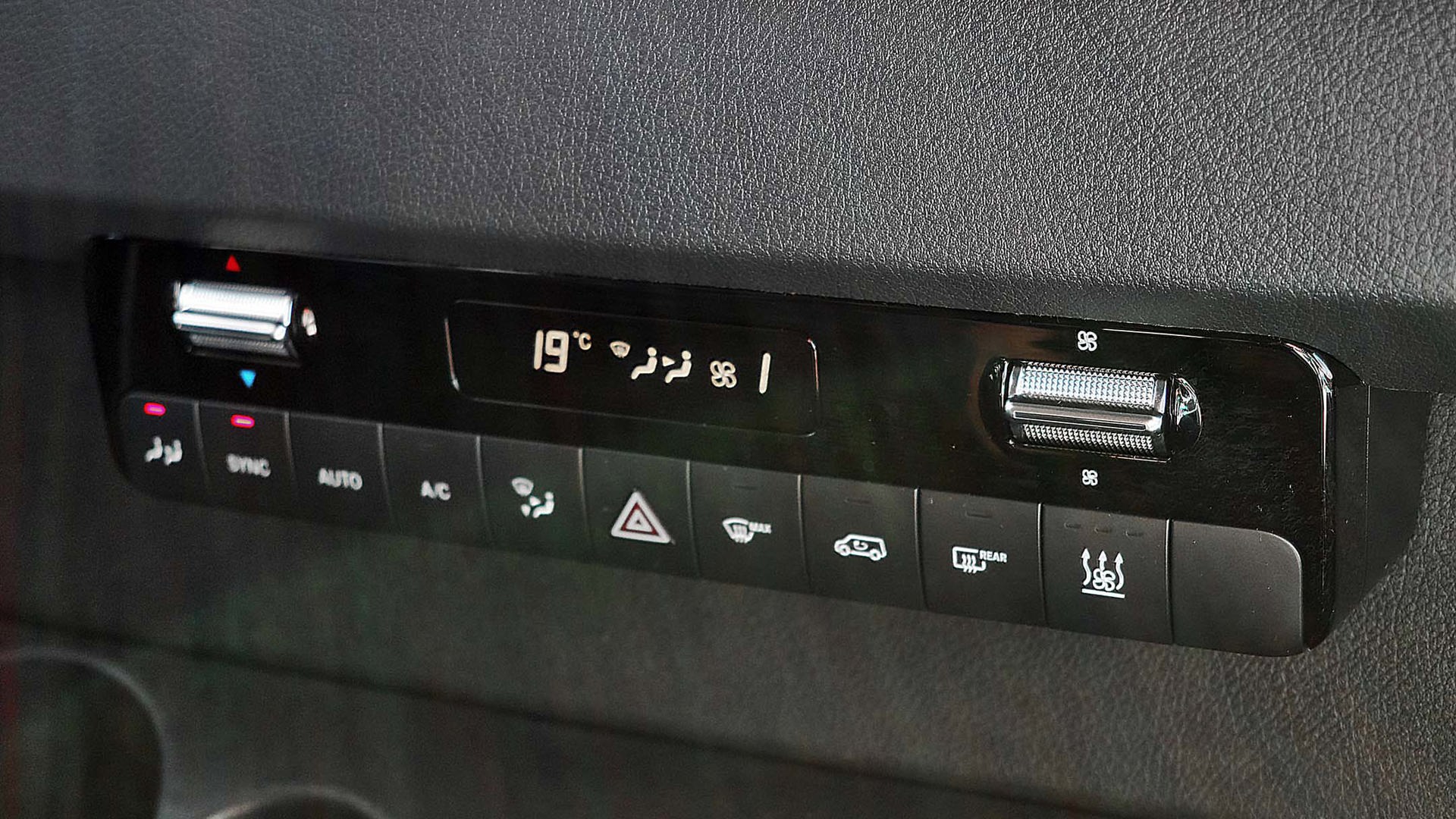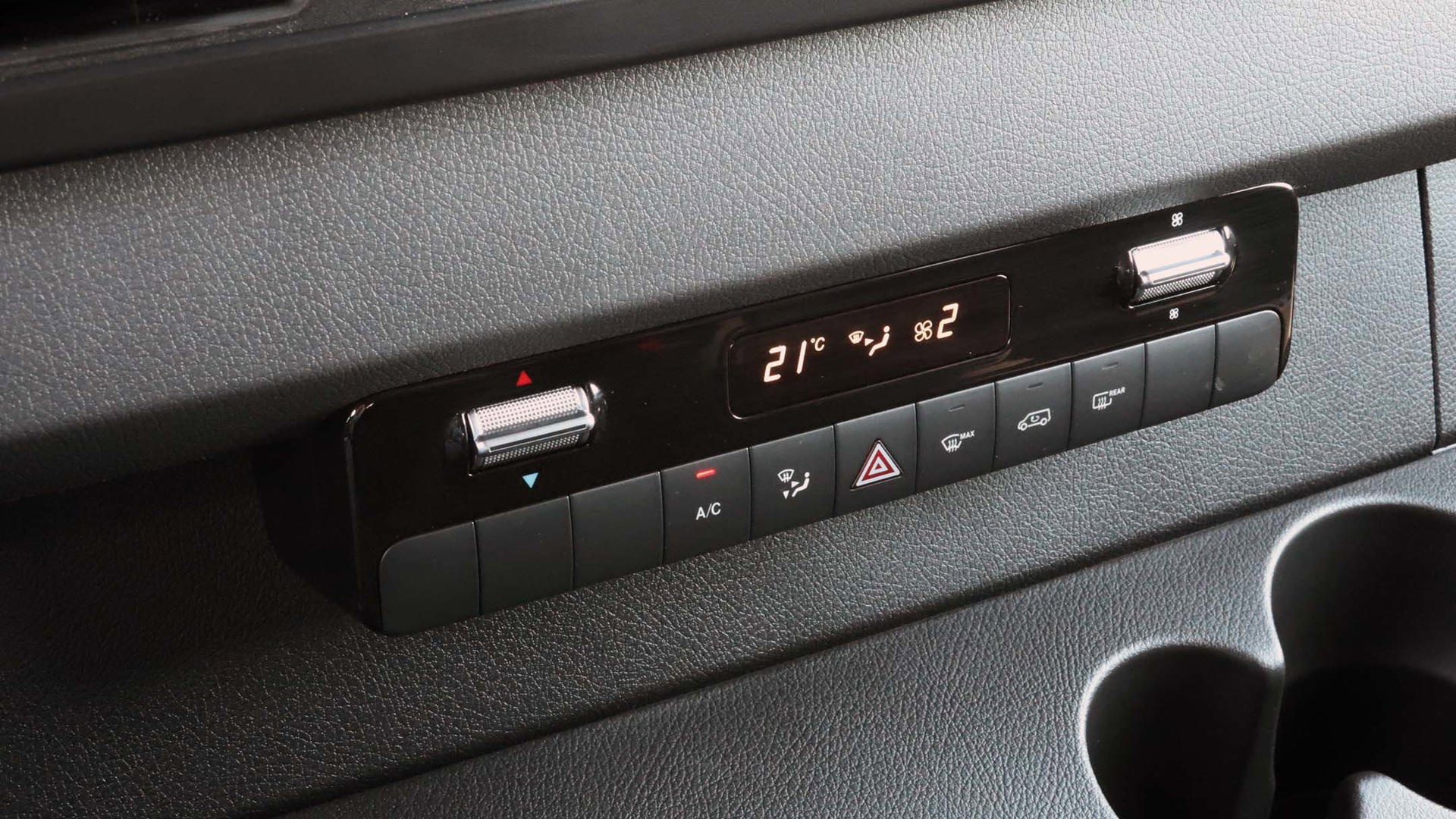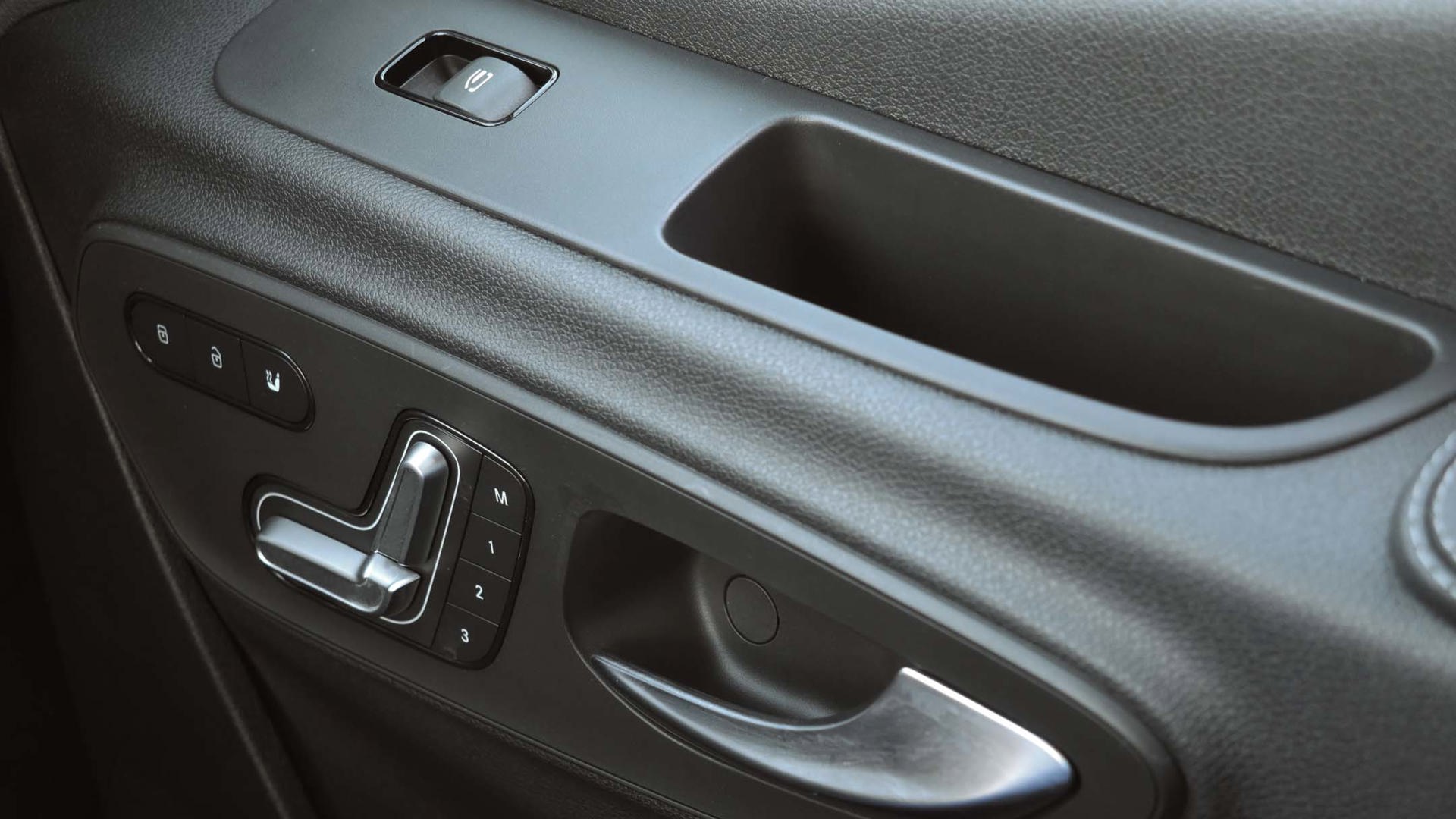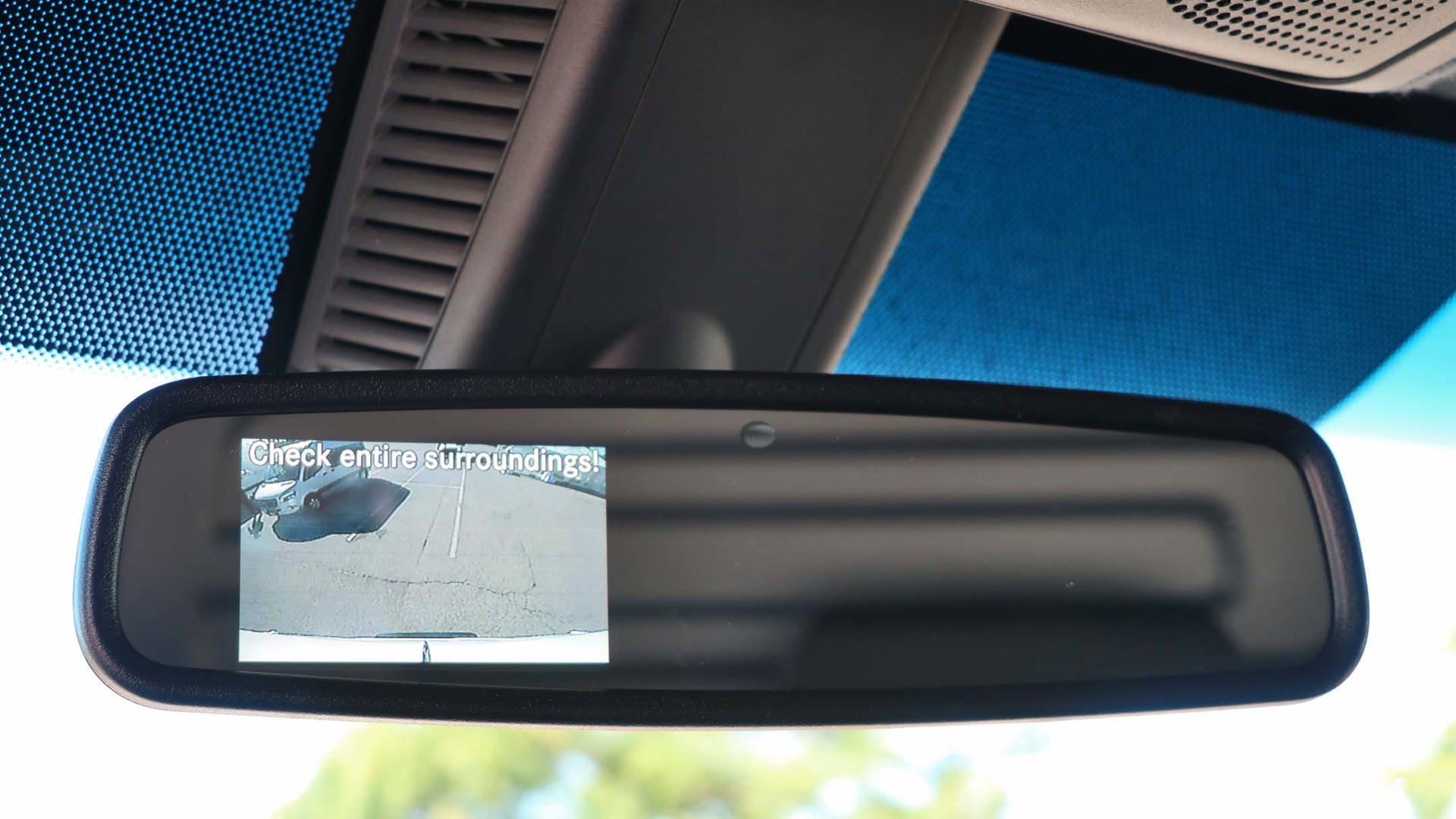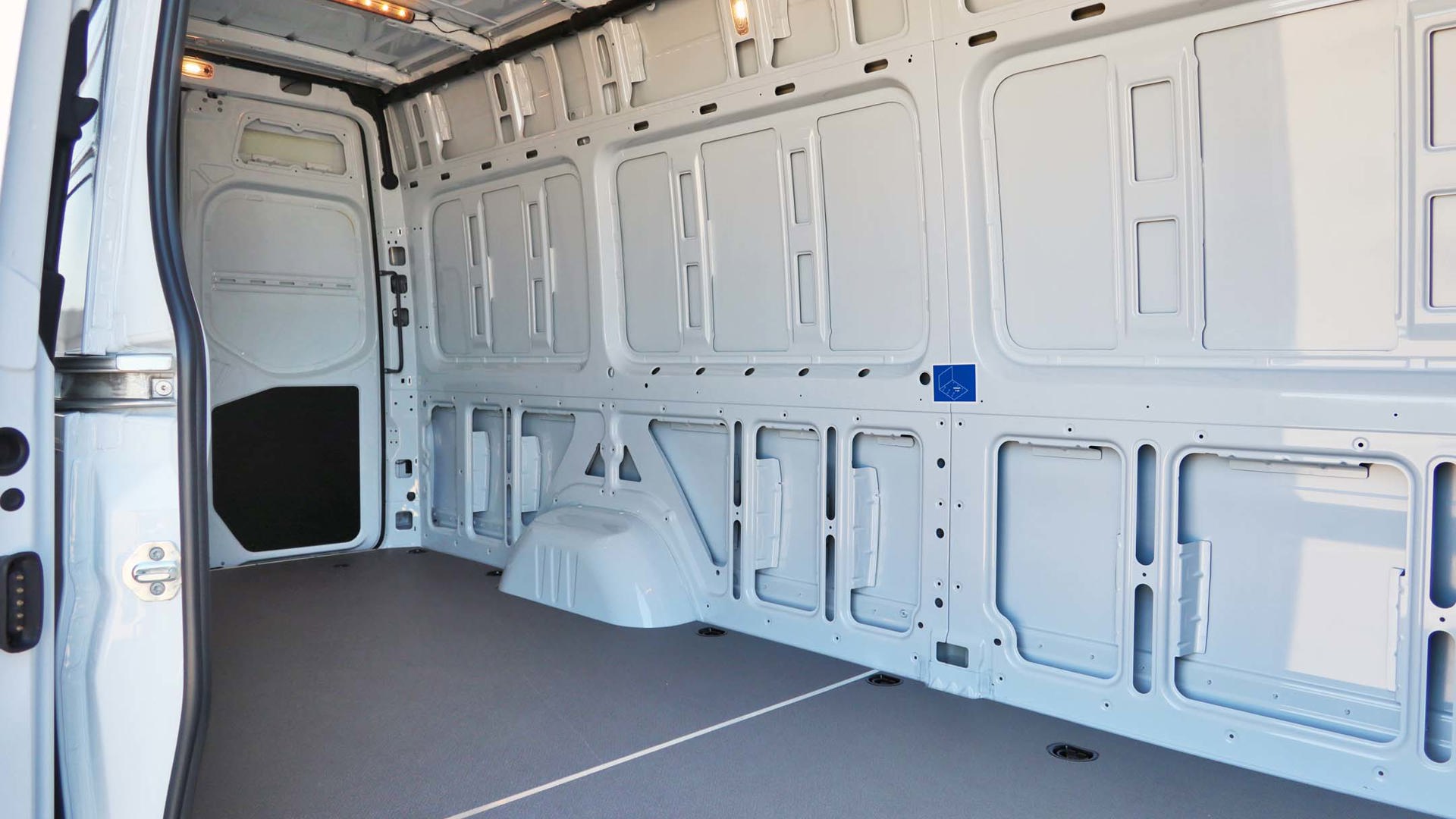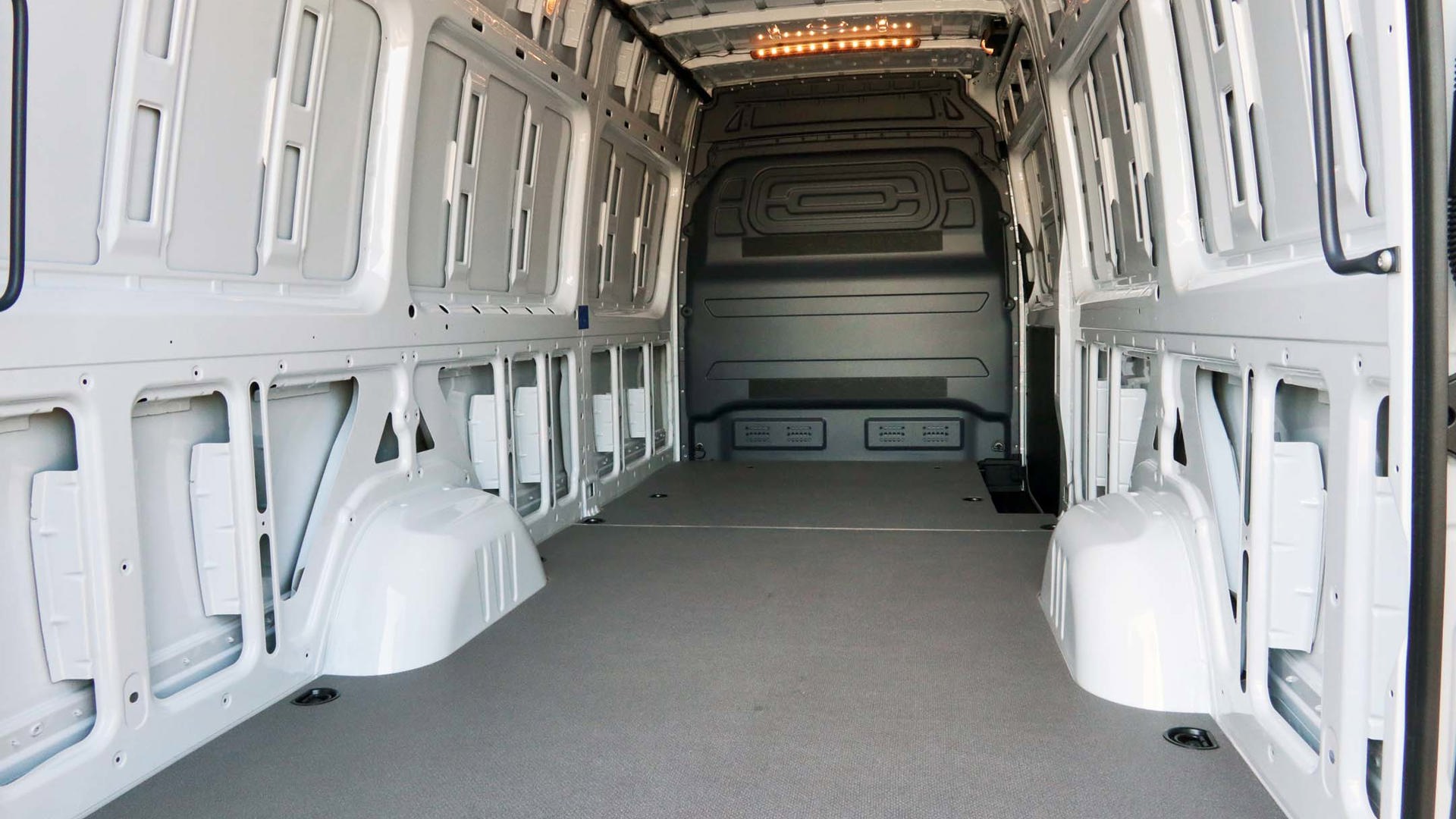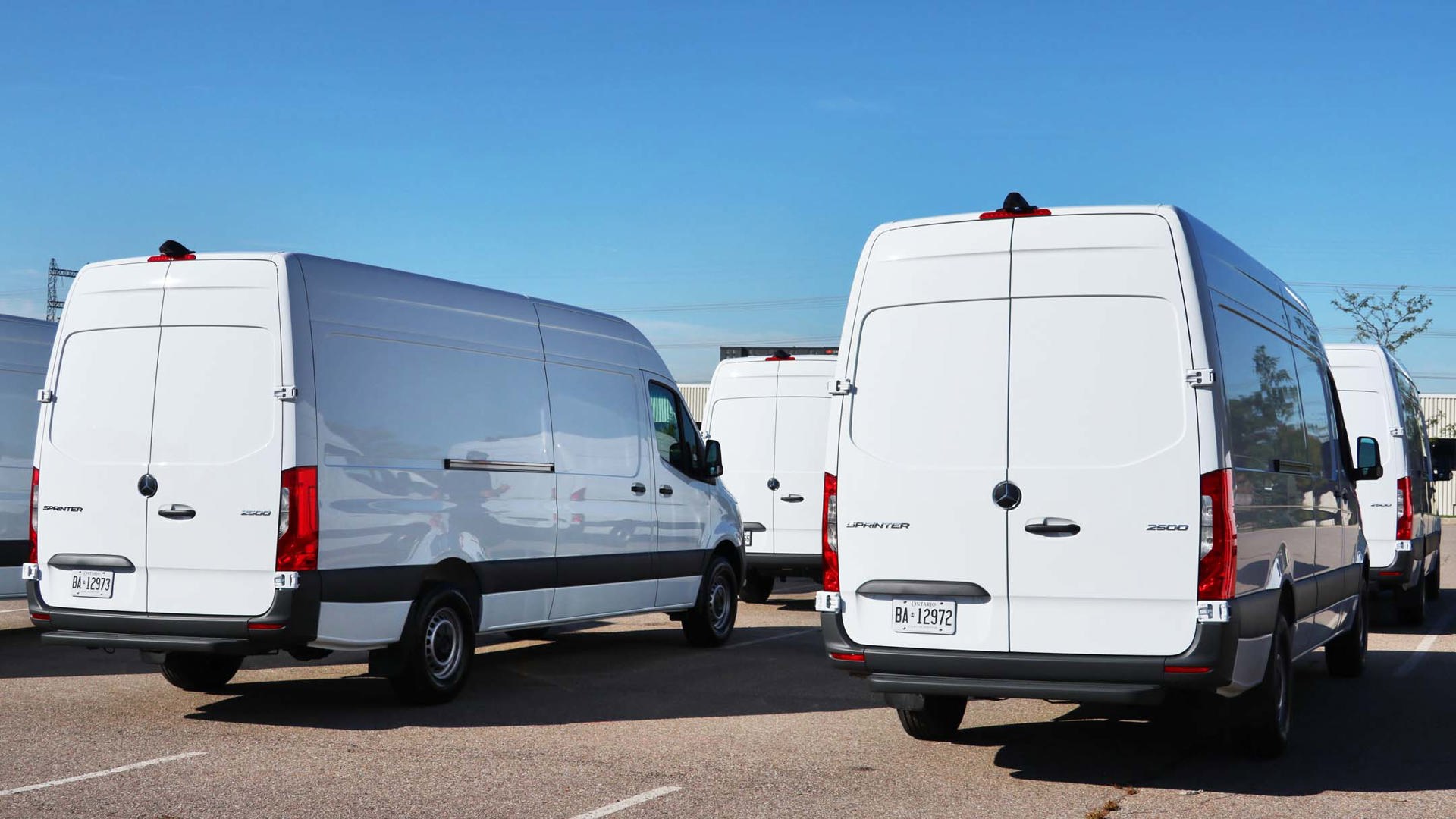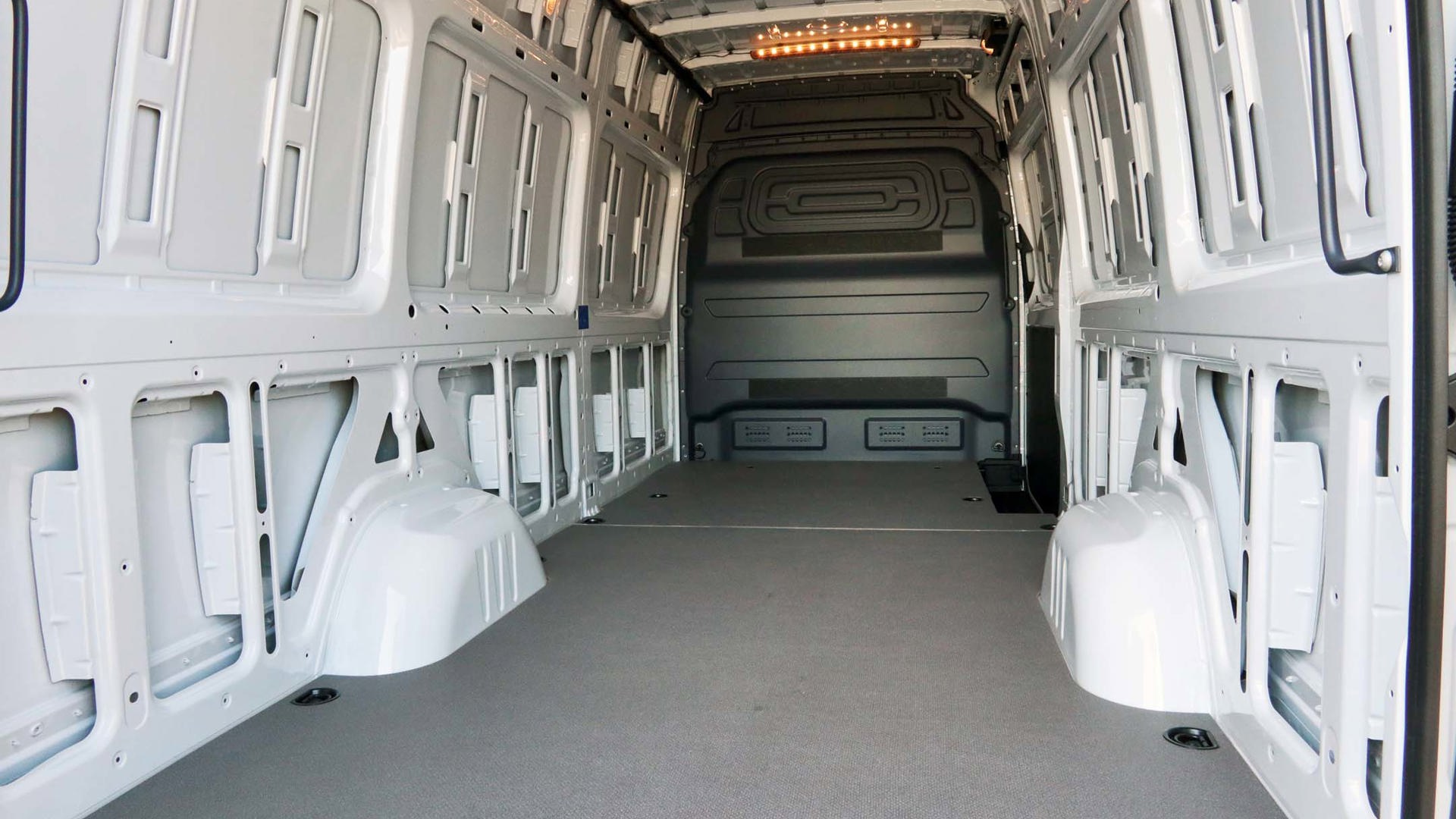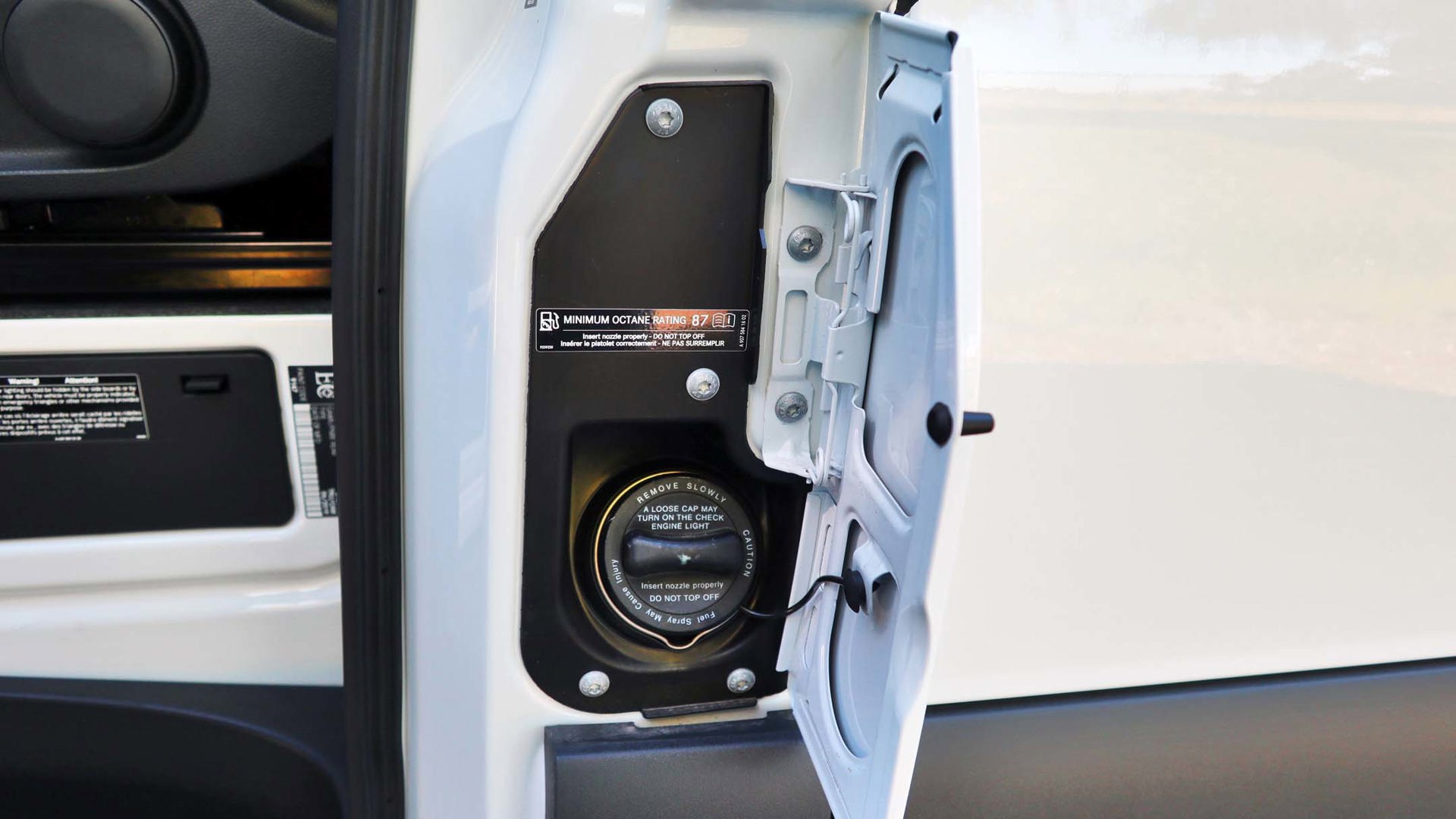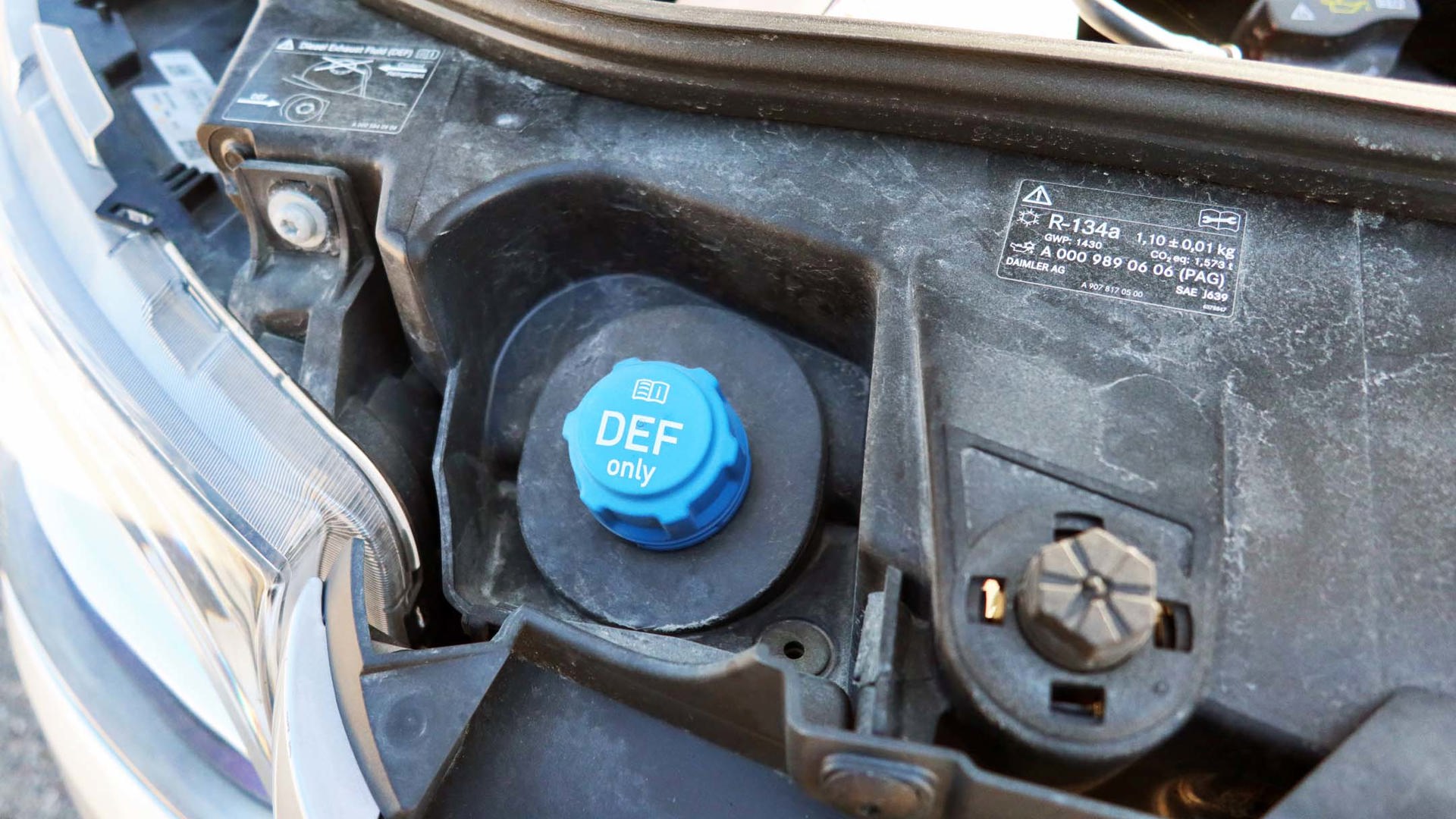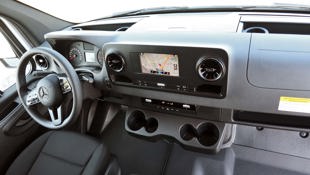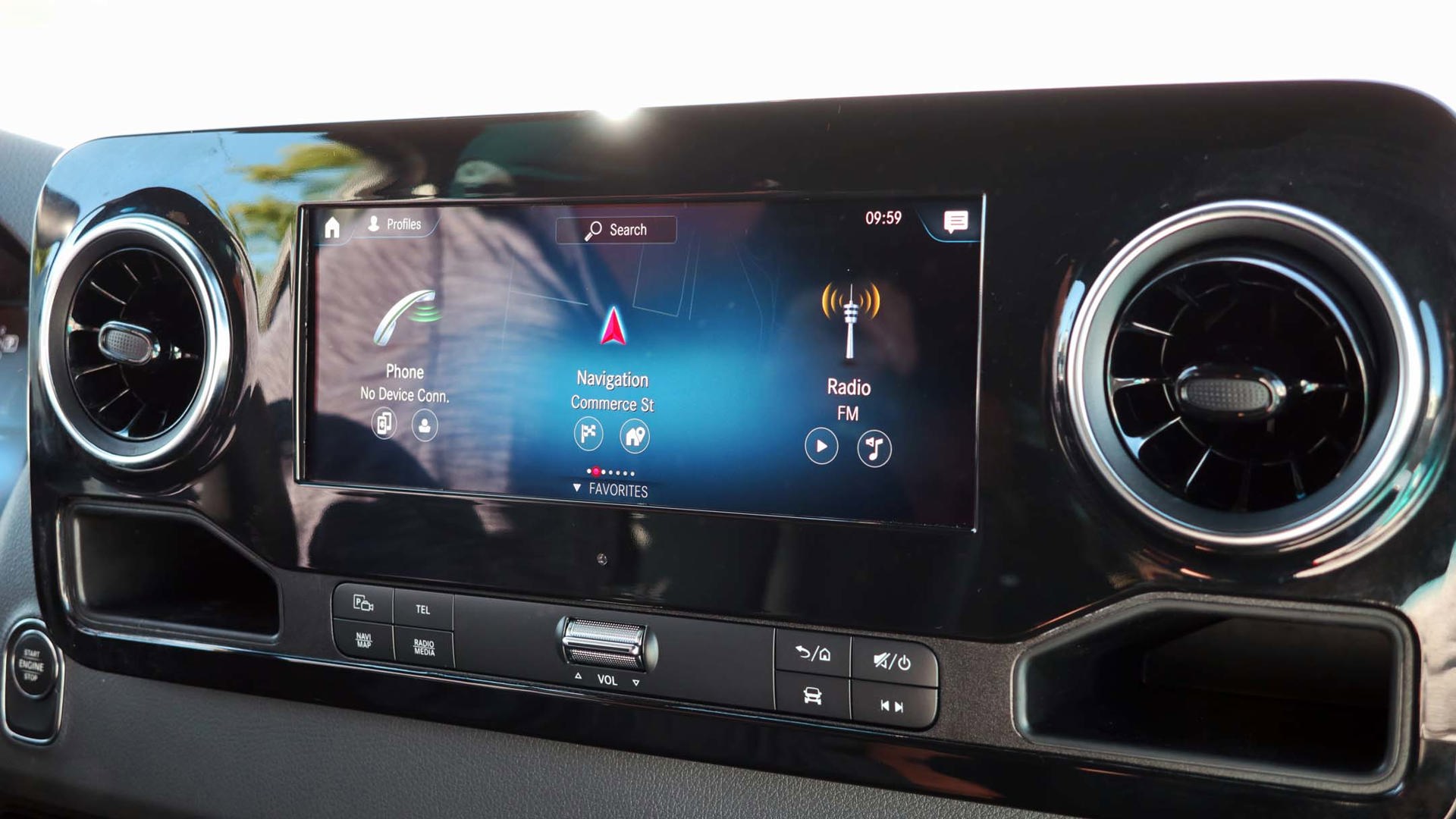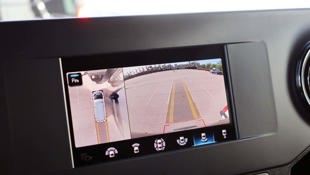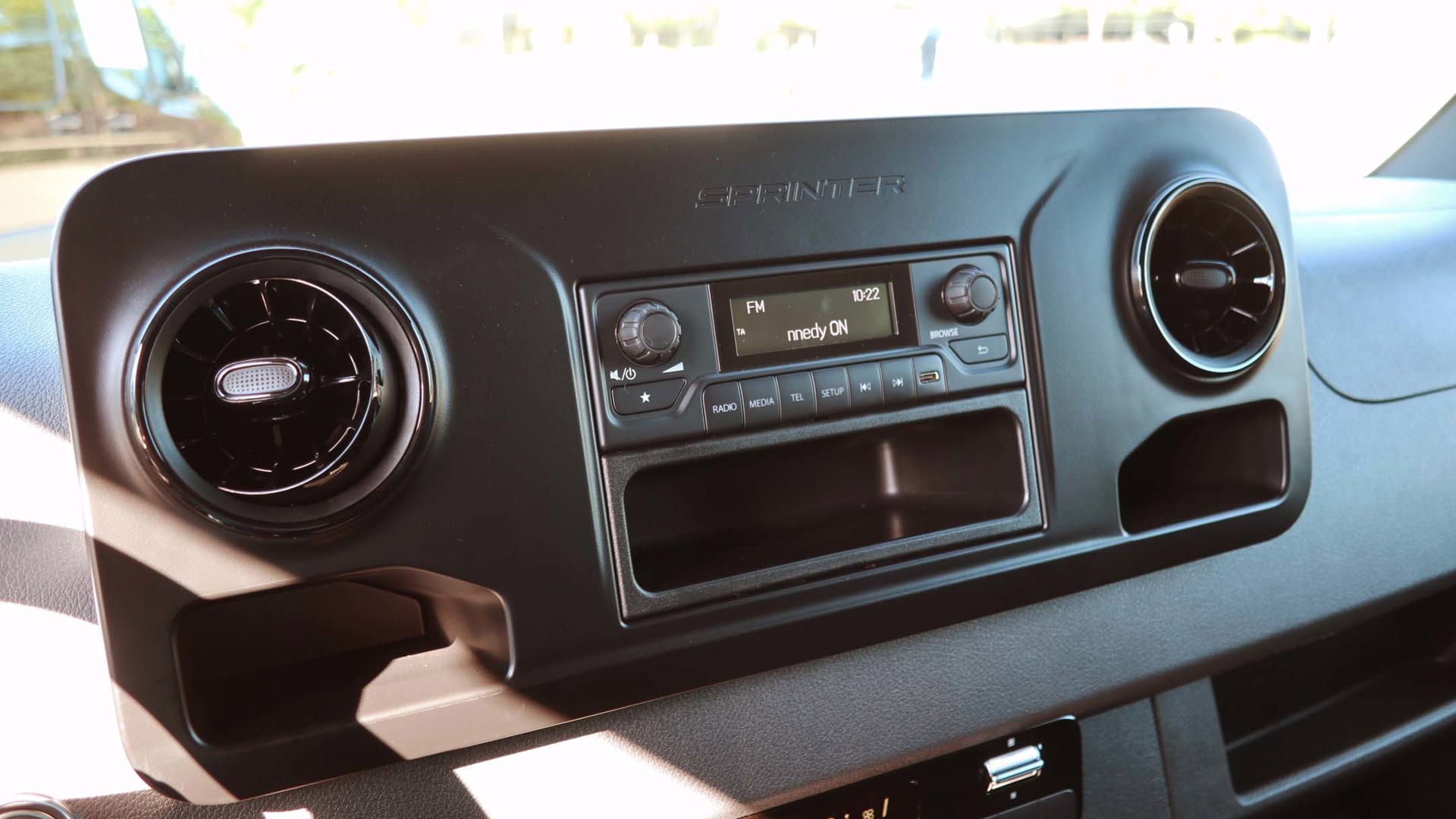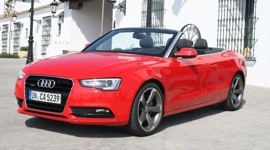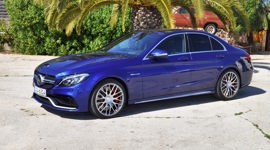Unless you’re waiting on a parcel, you probably don’t give much thought to delivery vans. But it’s very different for automakers, where it’s an incredibly tough-fought segment.
Commercial fleets tend to keep their vehicles much longer than consumers do, but when it’s time to get new ones, they’ll often order in the tens or even hundreds in one shot. Automakers regularly tweak their offerings, and the latest is Mercedes-Benz, which added a new gasoline engine and features to its full-size Sprinter, and a new 4500 model for the biggest jobs.
While commercial customers make up the bulk of buyers, the Sprinter is also often used as a base for RVs, or as accessible vans for wheelchair users.
Mercedes-Benz commercial vehicles: Sprinter and Metris
The Sprinter had always been a Mercedes-Benz product. That was fine in Europe where it’s known for its commercial vehicles, and your local bus or garbage truck is likely to wear a three-pointed star. But Benz was strictly luxury in North America, and the Sprinter arrived in the US in 2001 badged as a Freightliner.
It first landed in Canada in 2003. Mercedes-Benz and Chrysler were partners then and the vans were badged as Dodge, sold and serviced by those dealers. When that German–American marriage dissolved, the Sprinter became a Mercedes here. But it was now firmly established, having won over a lot of customers for its capacity, and for the fact that workers could stand upright in one. That’s still the case, but the competition now sells similarly tall vans, including Ford’s Transit, Ram’s ProMaster, and Nissan’s NV.
While all others also sell a compact van, Mercedes-Benz offers the only mid-size, the Metris, which was unchanged for 2019 save for a new instrument cluster and some colour choices.
New gas engine, returning diesel engine
The new Sprinter gas engine is a turbocharged 2.0-litre four-cylinder, making 188 horsepower and 350 lb-ft of torque, mated to a nine-speed automatic. It’s available in the 1500 and 2500 versions of the cargo, crew, and passenger vans.
The 3.0-litre V6 diesel makes similar numbers – 188 horsepower and 325 lb-ft of torque – but they peak sooner than in the gas engine, and the transmission is a seven-speed automatic. It’s available alongside the gas engine in the 1500 and 2500 models, and is the only choice in the 3500 and 4500, in cab chassis, and in 4x4 versions of the cargo, crew, and passenger vans. The Sprinter’s temporarily discontinued 2.1-litre four-cylinder diesel is expected to return as a third engine option in the 2020 model year.
There are no visible styling differences between gas and diesel models, and the easiest way to tell is to check the filler cap – which is cleverly hidden behind a flap that extends behind the driver’s door, so that when the van is closed and locked, the fuel door is effectively locked as well.
Interior updates for ergonomics and safety
Other tweaks for 2019 included optional LED headlights, a new steering wheel and dash, 15-occupant seating in passenger vans, standard window and thorax-pelvis airbags on cab chassis, available rain-sensing wipers, more storage spaces, including lidded dash cubbies, and better heating and cooling. The hinges hold the rear doors in place when they’re fully opened, so there are no rubber bumpers on the sides anymore. A plastic floor can be ordered in place of the stock wood floor, which reduces weight for increased payload, and is easier to clean. Mercedes-Benz’s User Experience (MBUX), normally seen in the company’s cars, is also available as an option with a 7- or 10-inch touchscreen display, as is satellite radio.
Pricing begins at $42,900 for cargo vans; $51,500 for crew vans (cargo plus a second row of seats); $58,800 for passenger vans; and $47,900 for cab chassis. From there, pricing depends on engine choices, wheelbase lengths, roof heights, and options.
On the road, with a four-cylinder engine
As automakers love to do with these big vans, Mercedes-Benz had set up a handling course. It may seem odd to be spinning around slaloms and making quick lane changes in something this big, but stability and manoeuvrability are essential in something that has to handle both highway speeds and tight inner-city loading docks, and do it while it’s fully loaded. And while you’re certainly aware that you’re definitely not driving a sedan, the Sprinter is an easy vehicle to pilot. The steering is light and the turning circle is relatively small, and the rear-view camera helps with backing into parking spaces. With the optional 360-degree camera, it’s also easy to see what’s in front or alongside.
I also took the gasoline-powered Sprinter out for a run on the highway and along urban streets. Mine had the optional MBUX system and it was the first time I’d used it, and colour me impressed by it. Just say, “Hey, Mercedes,” and it starts listening. When I asked it to navigate to an address, it found it, brought it up, and started my route, without my having to enter it line-by-line and then tell it to begin my course.
The Sprinter can also be outfitted with higher-tech safety features, including blind spot monitoring – always appreciated on a cargo van – along with adaptive cruise control, automatic rear emergency braking, and a lane-keep assist that uses the brakes to help guide you back if you cross the line – and it’s pretty aggressive in letting you know you’ve screwed up.
It’s hard to imagine a four-cylinder pulling around something this big, but with the caveat that my van was empty, the little gas engine does a good job and the transmission shifts smoothly. It got a bit wheezy when I hit it hard at highway speeds, but this setup is primarily meant for lighter-duty delivery on city streets. The company says it’s targeting smaller-load “last mile” deliveries in inner cities, or light-duty businesses such as bakeries or florists. The small engine also provides a lower total cost of ownership, according to the company’s calculations. The estimate for a short-wheelbase 2500 van is 46 cents a kilometre versus 50 cents for diesel, and while consumers might scoff at worrying about four cents a kilometre, it’s a significant difference for fleets that may be running a few dozen vehicles for eight hours solid each working day.
Keeping this van fresh is a big deal for Mercedes-Benz. It was top dog among the tall, European-style vans until Ford brought in its full-size Transit; last year in Canada, the Transit outsold the Sprinter roughly three to one. Part of Mercedes-Benz’s market loss was due to customer convenience, as originally only a limited number of dealers handled the Sprinter and Metris. Now all dealers sell and service vans, although there are only 58 Mercedes-Benz dealers across Canada, versus more than 400 Ford stores, all of which are equipped for the Transit.
Still, the changes are an improvement on a good vehicle, and the return of the four-cylinder diesel will give even more choice to those for whom a delivery van means far more than just a parcel on its way.
